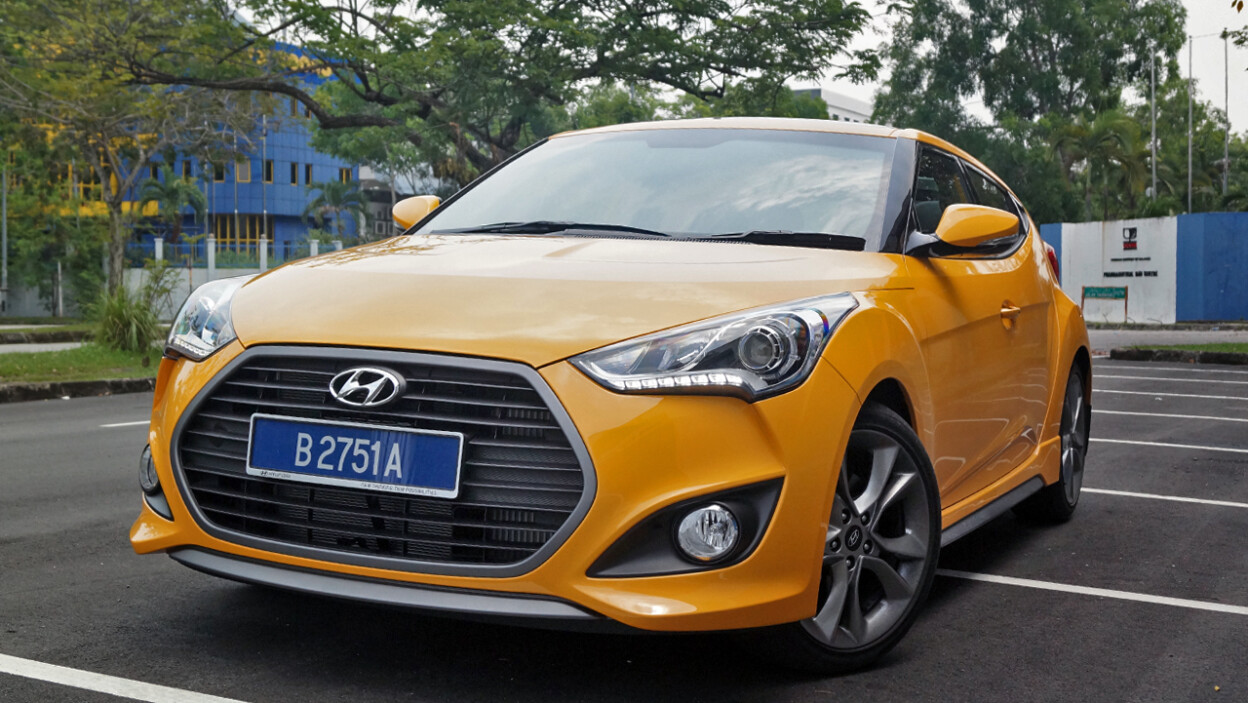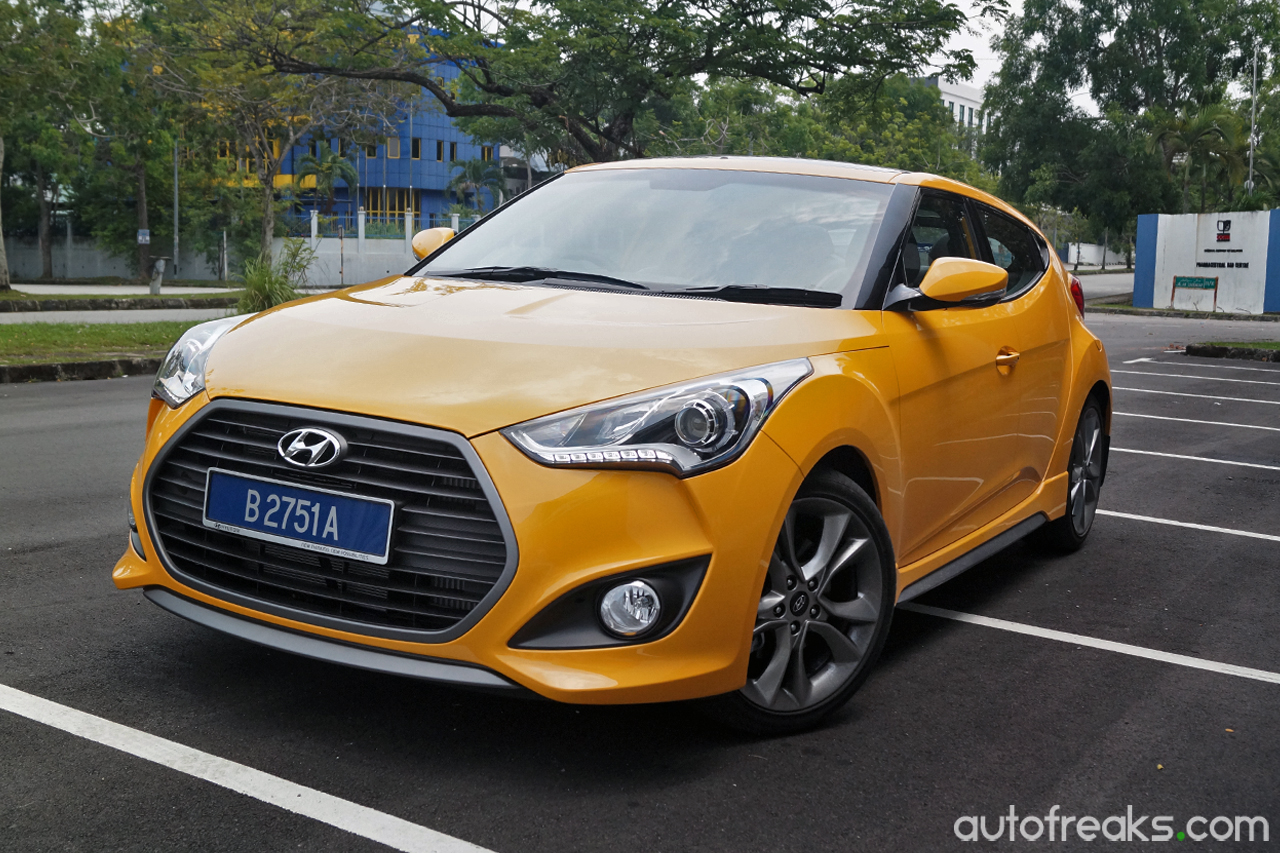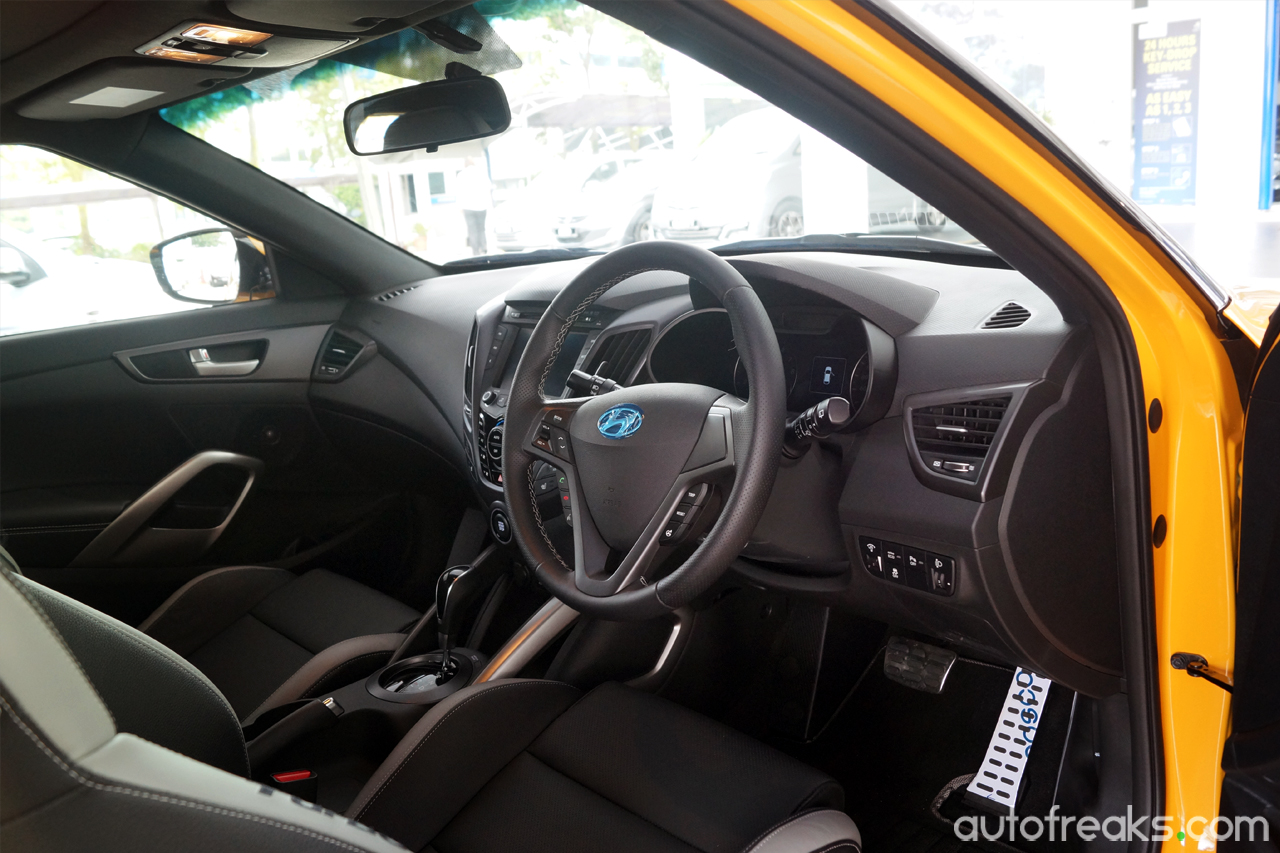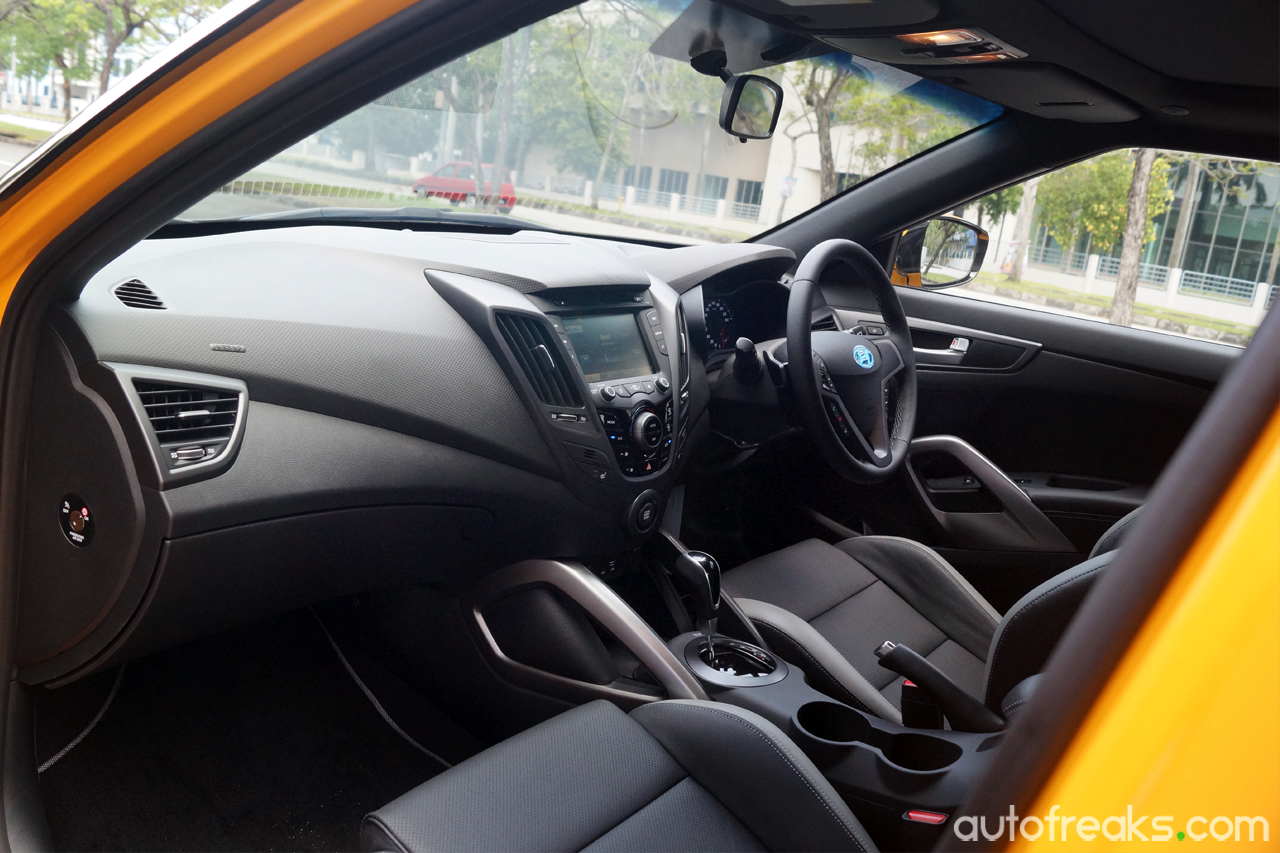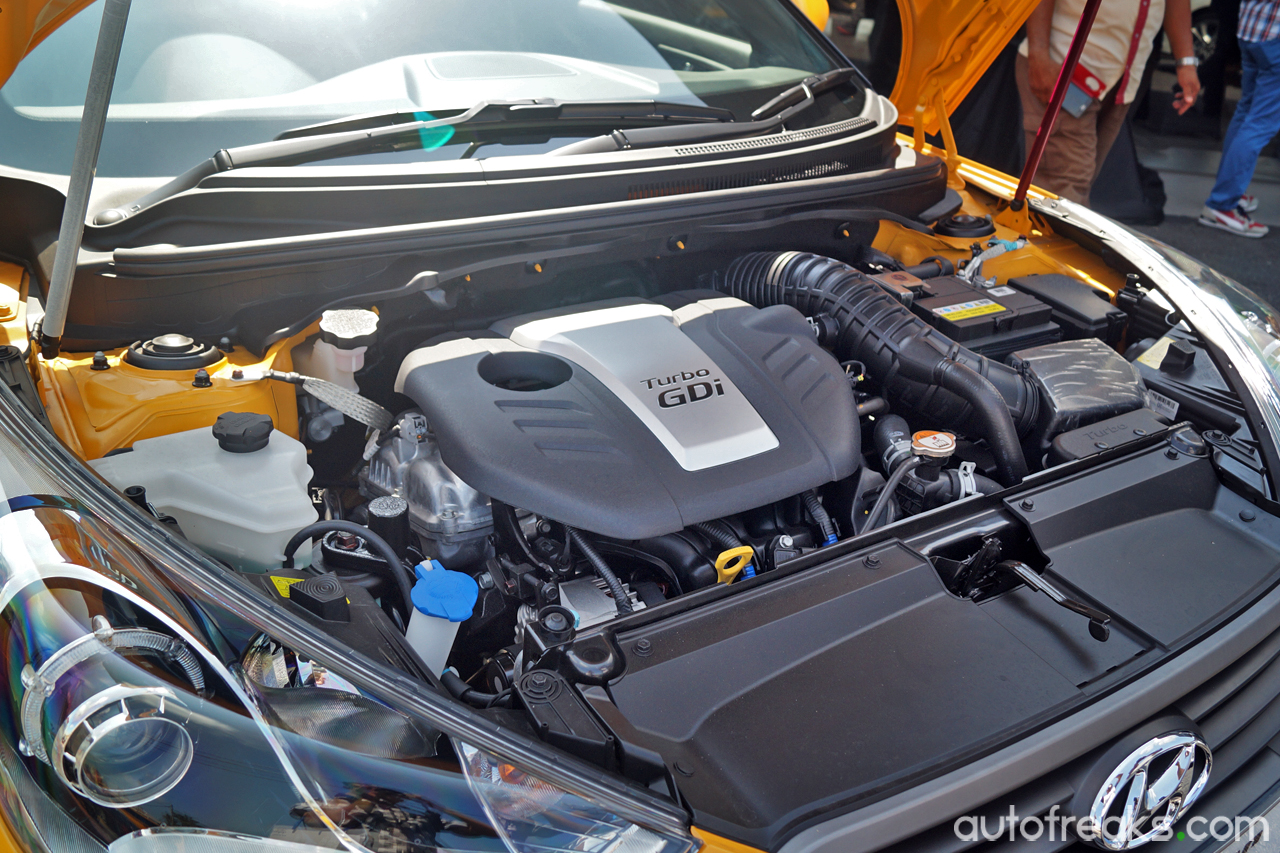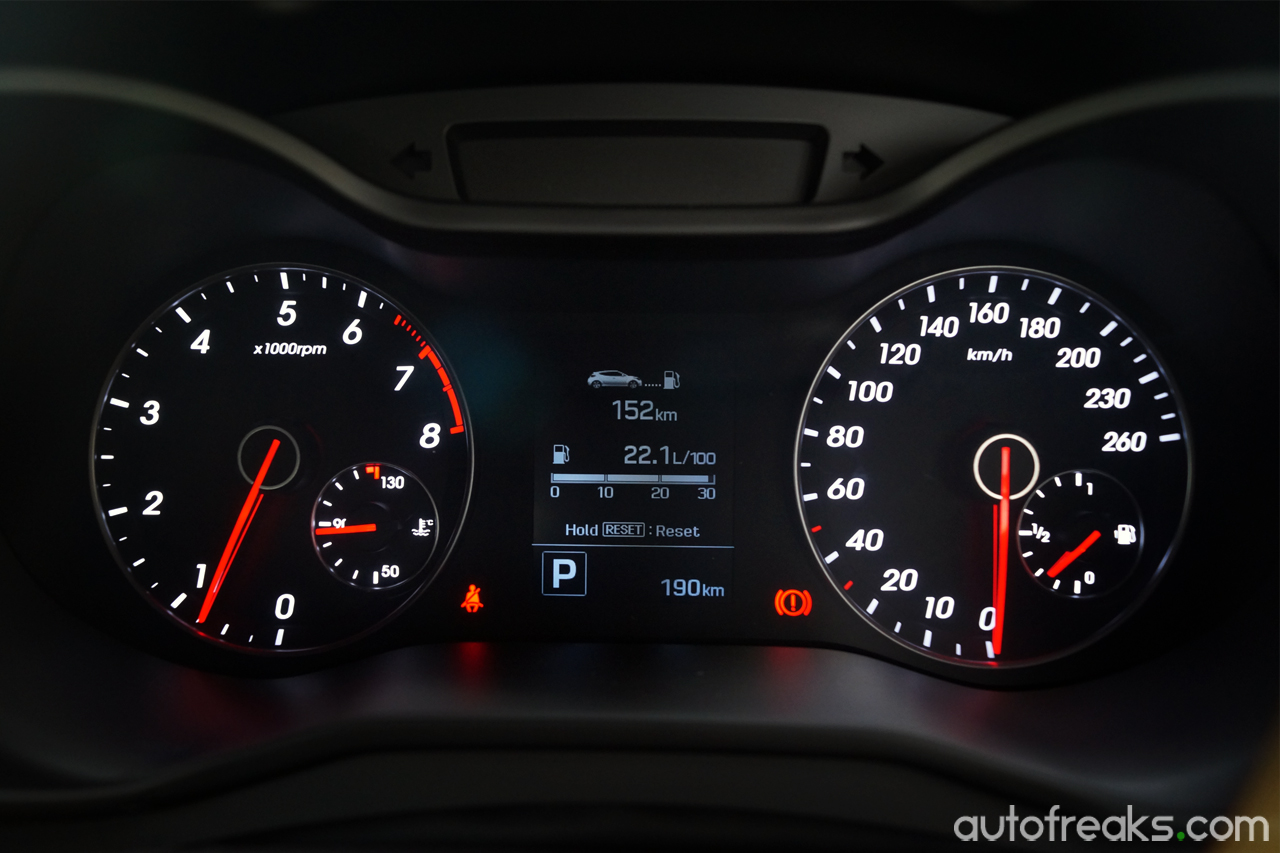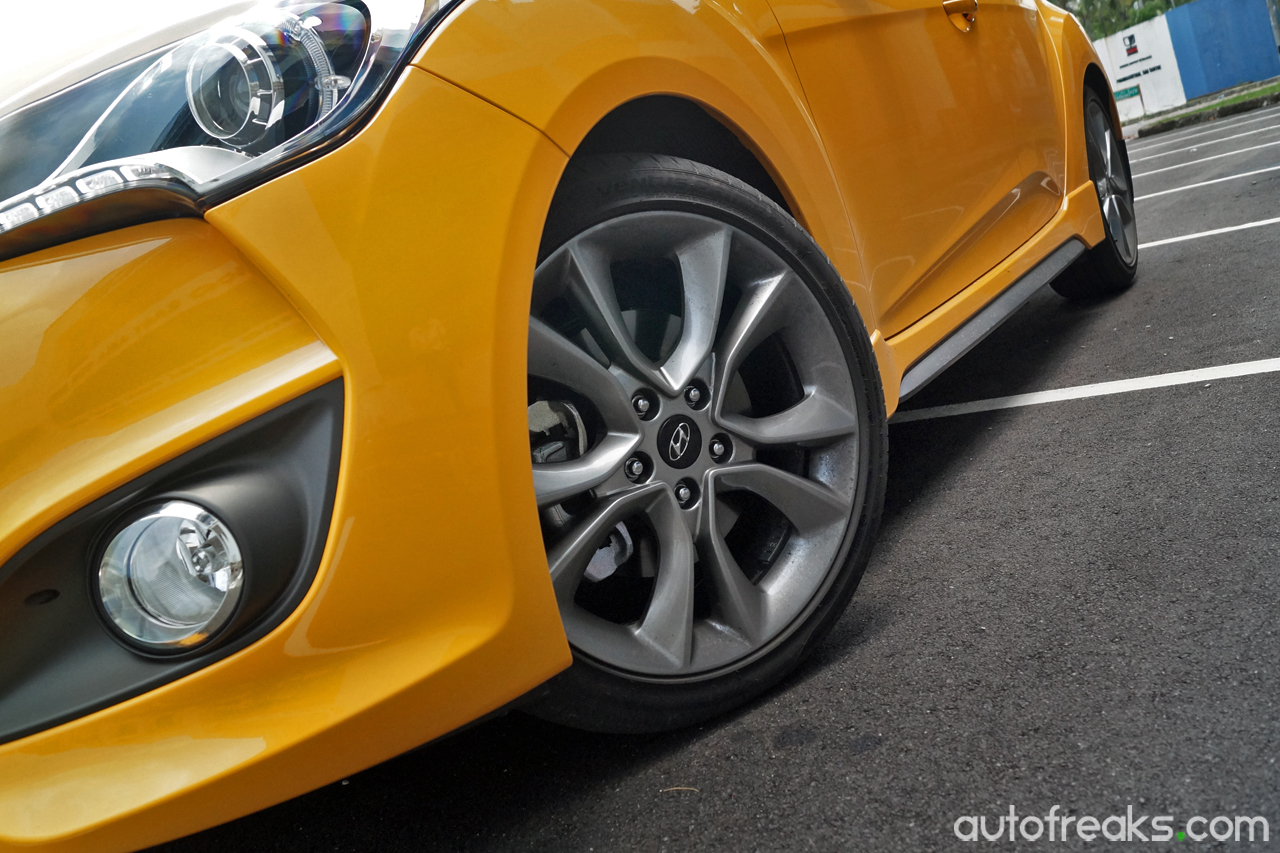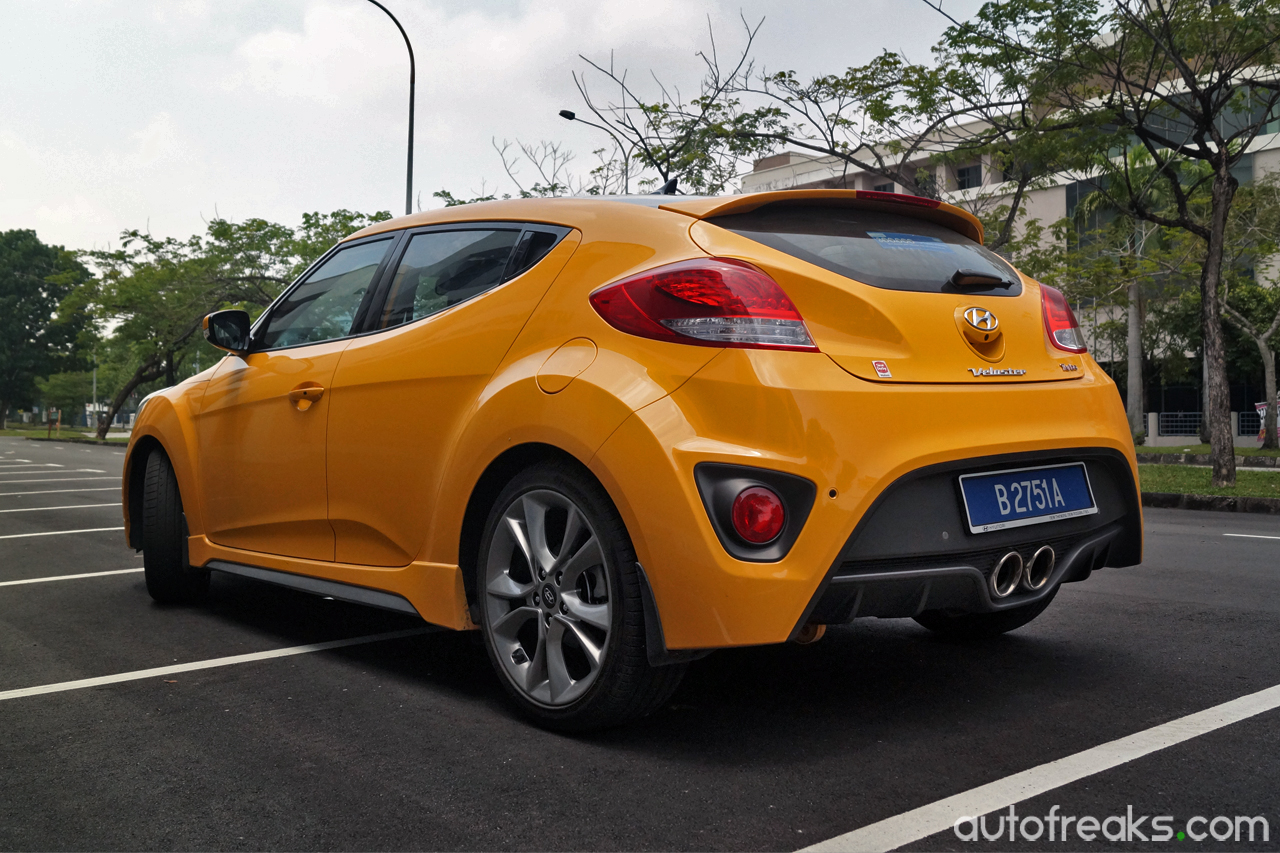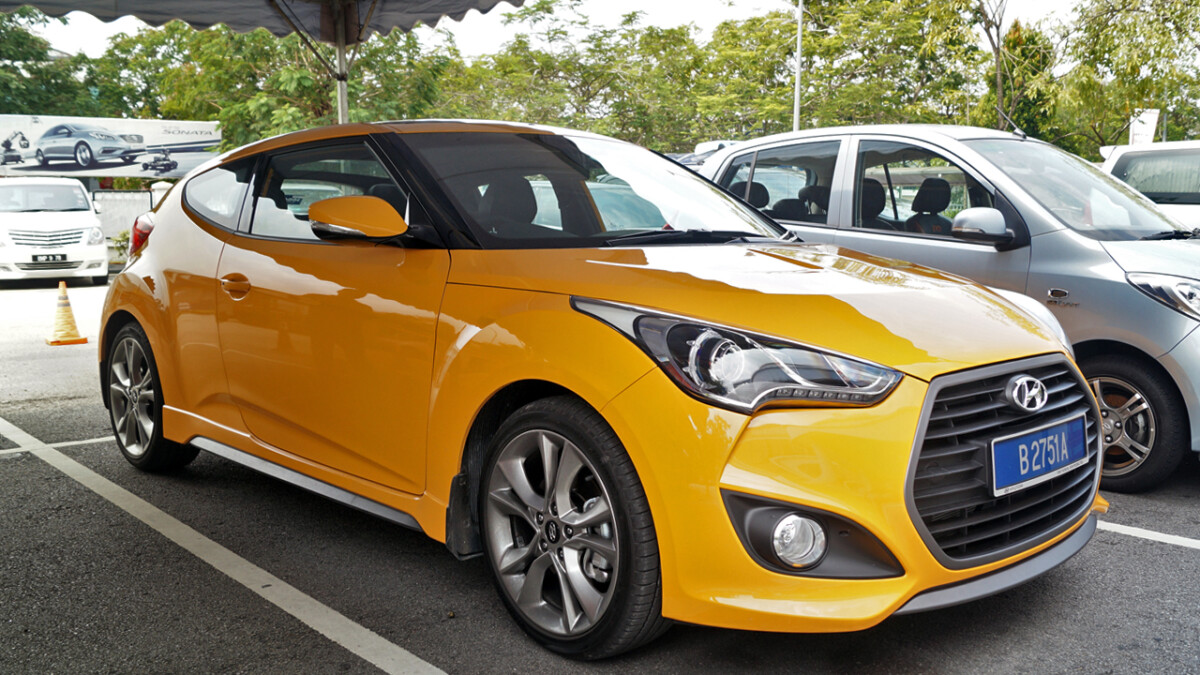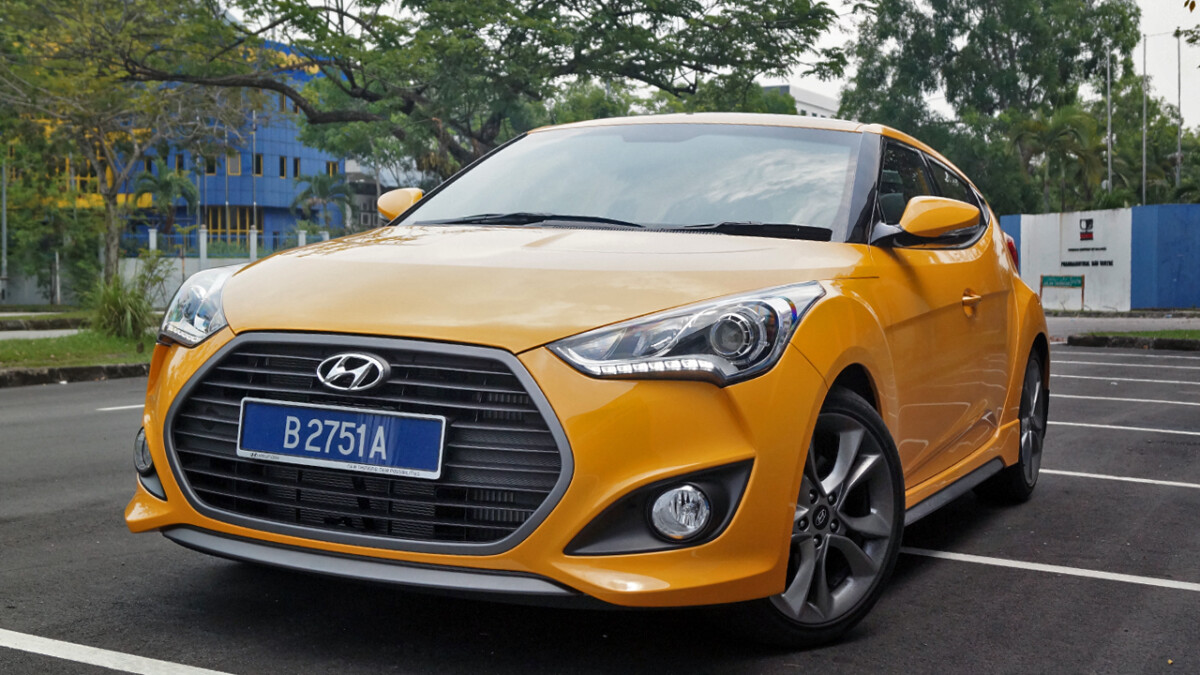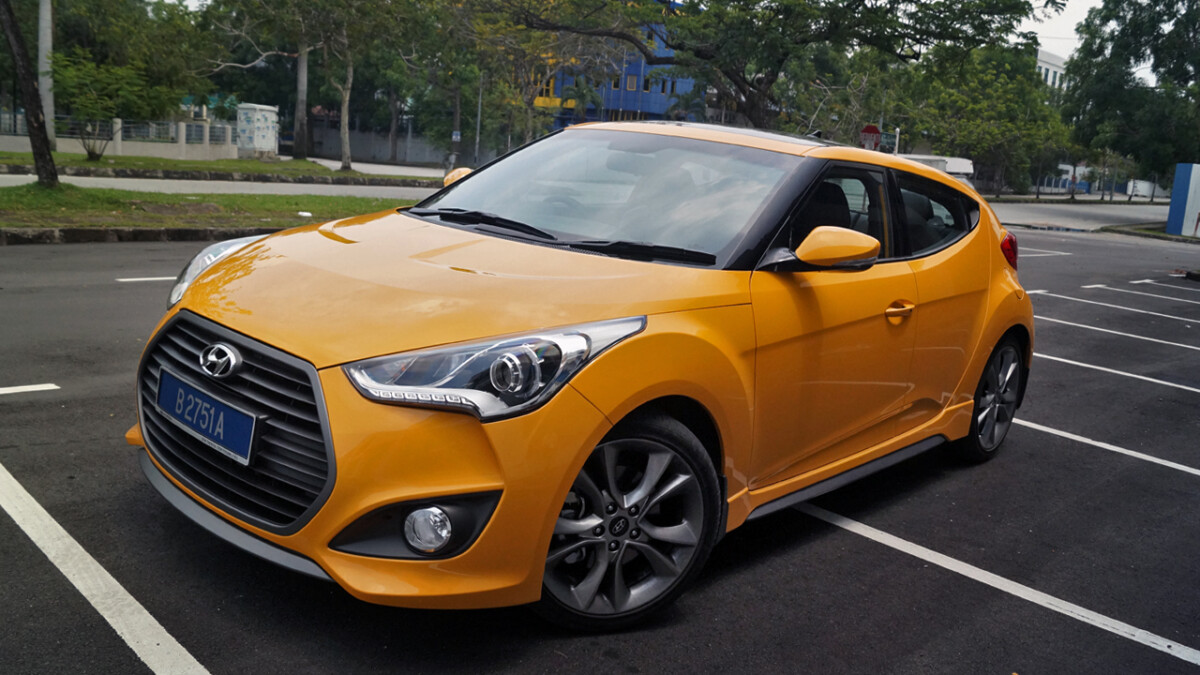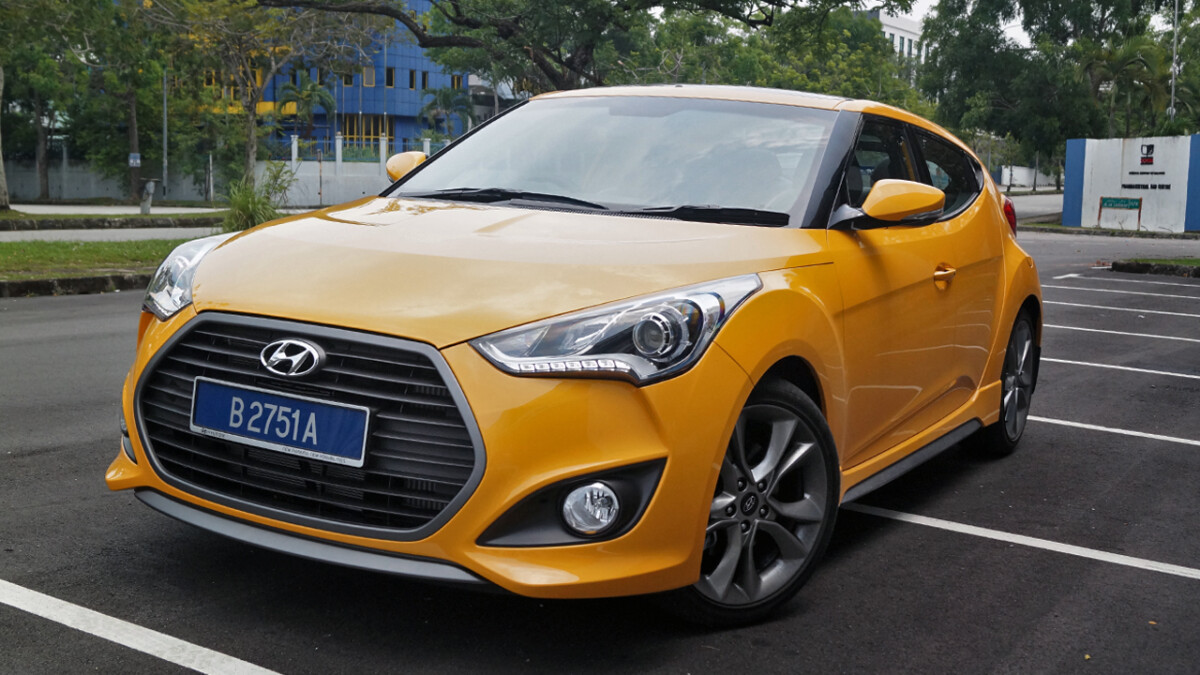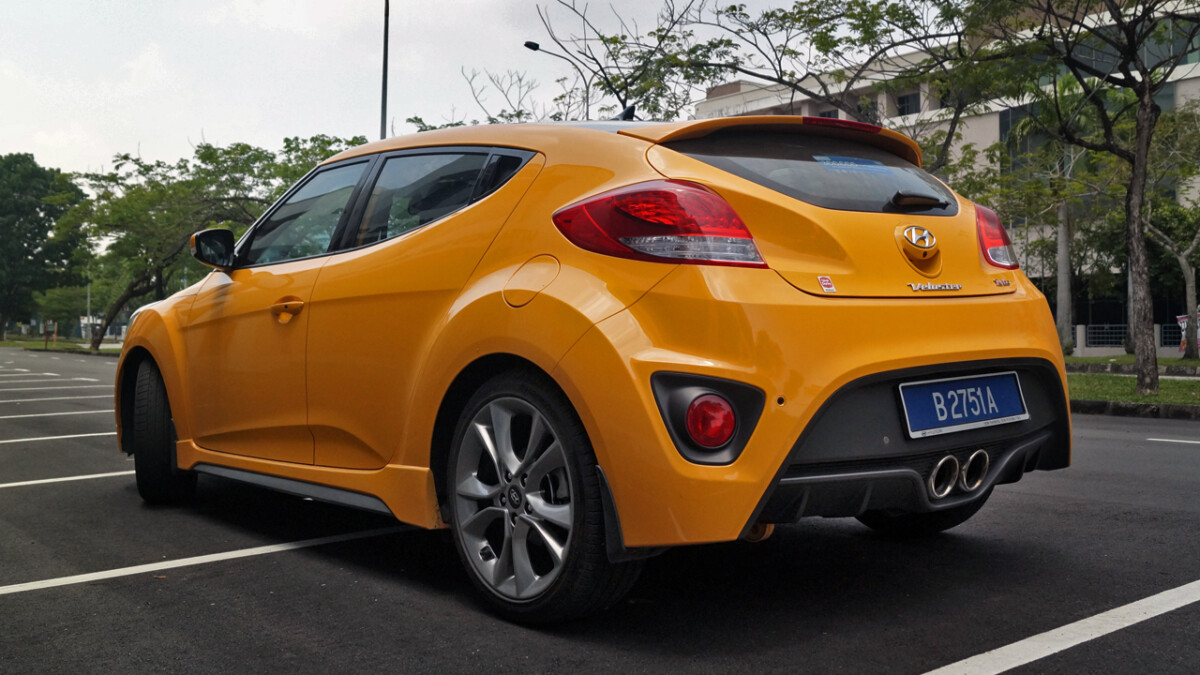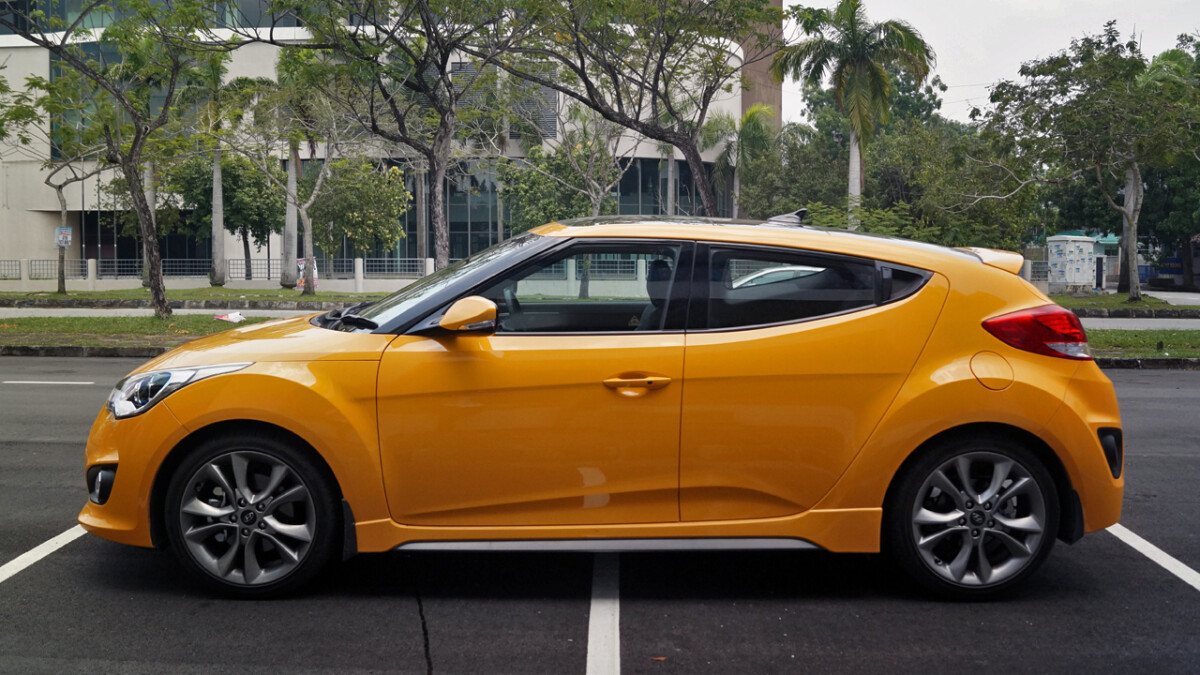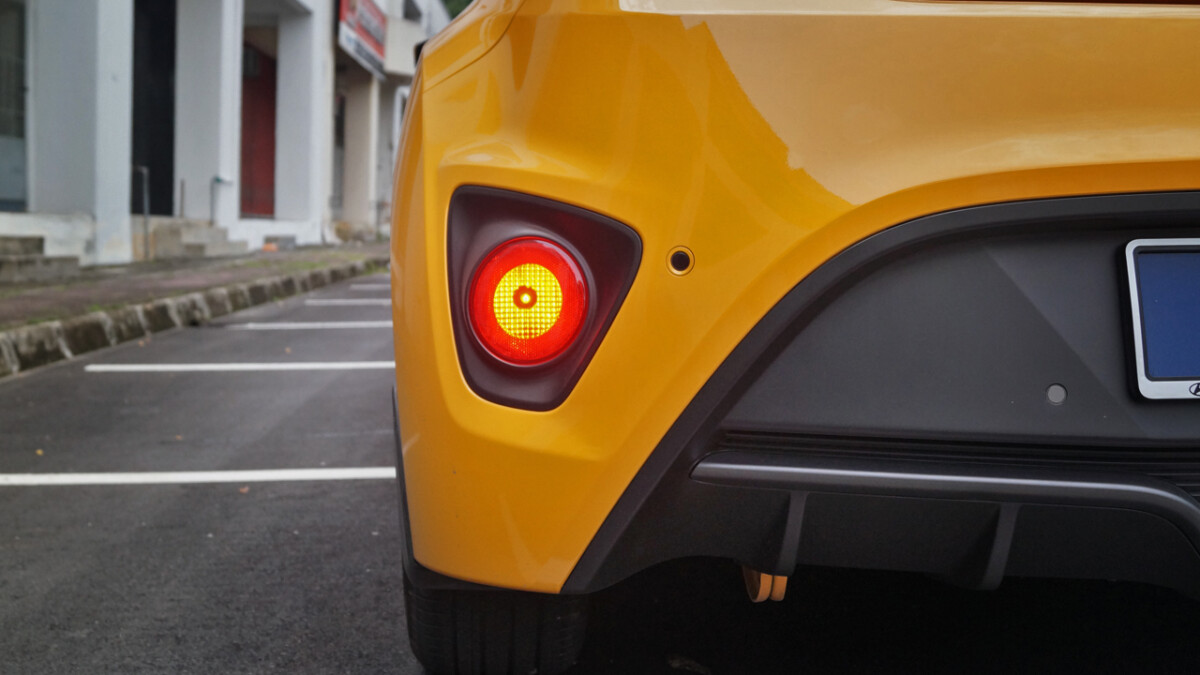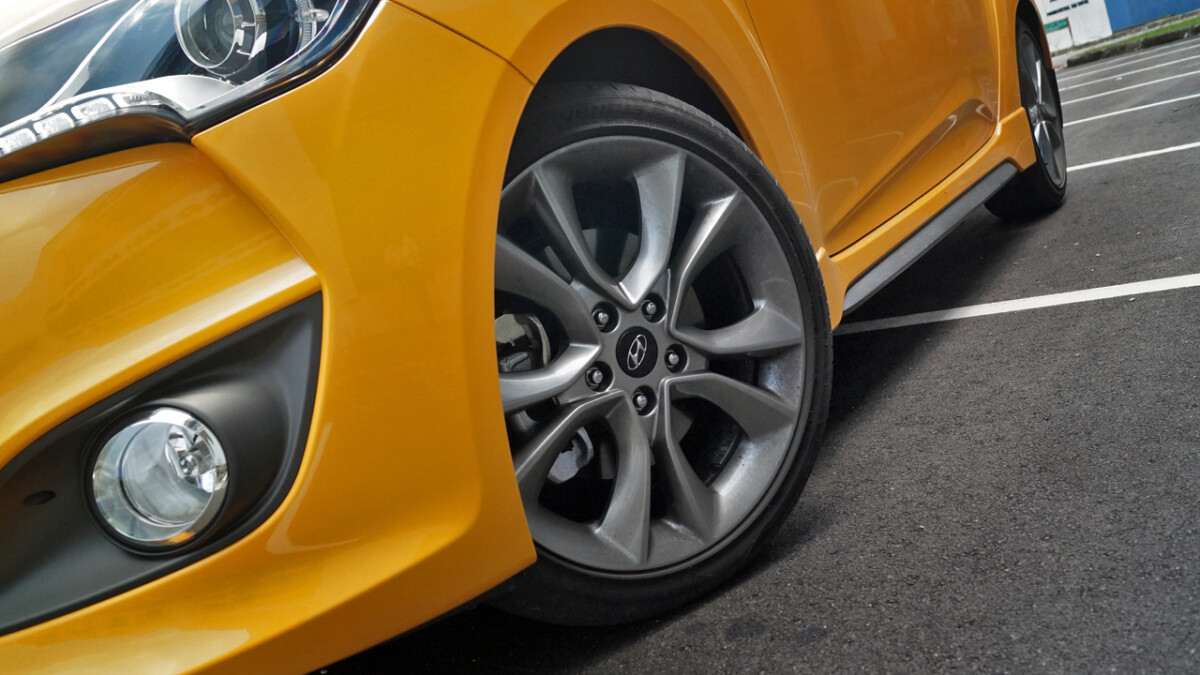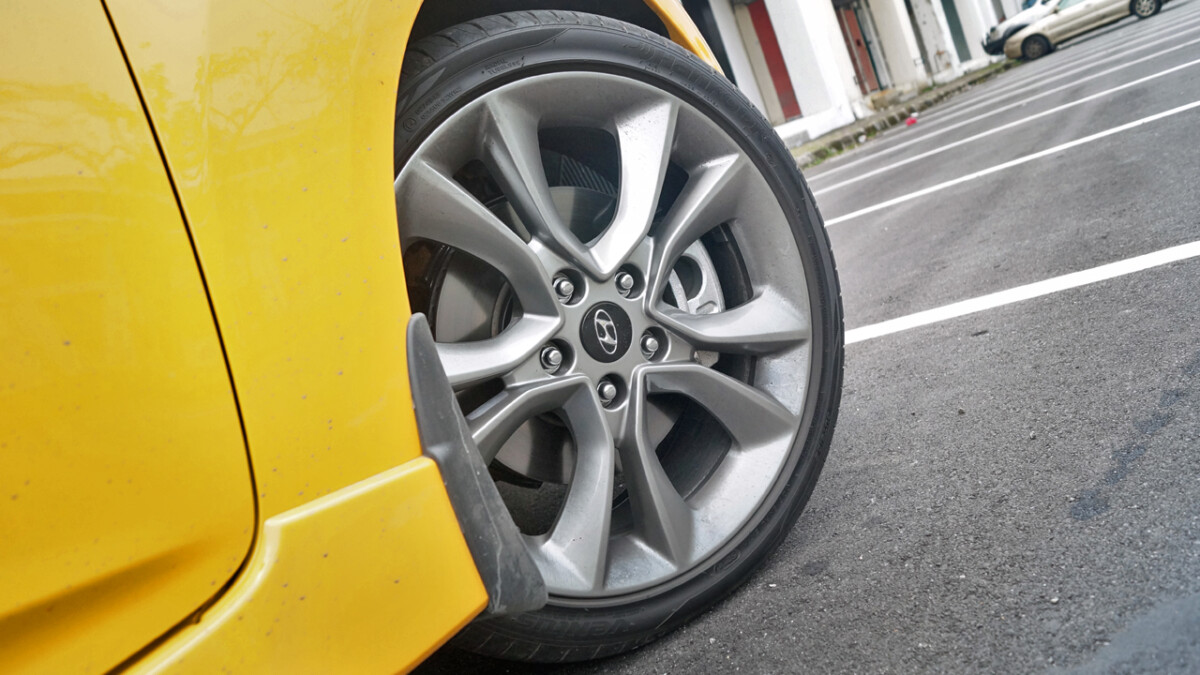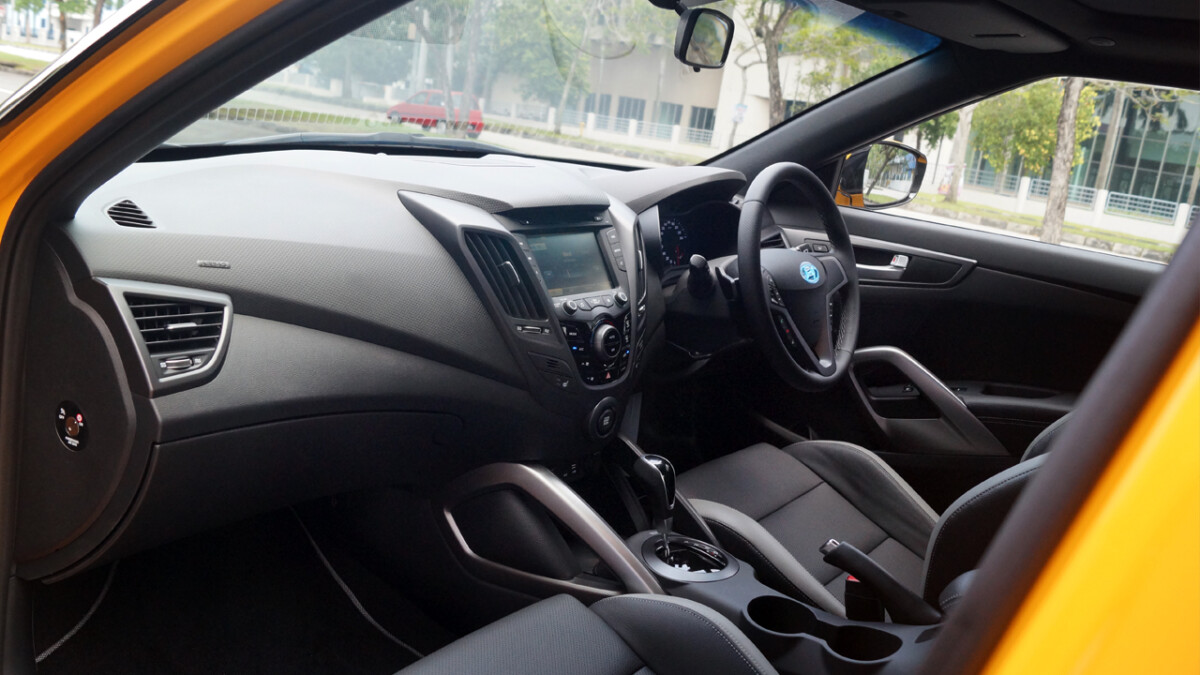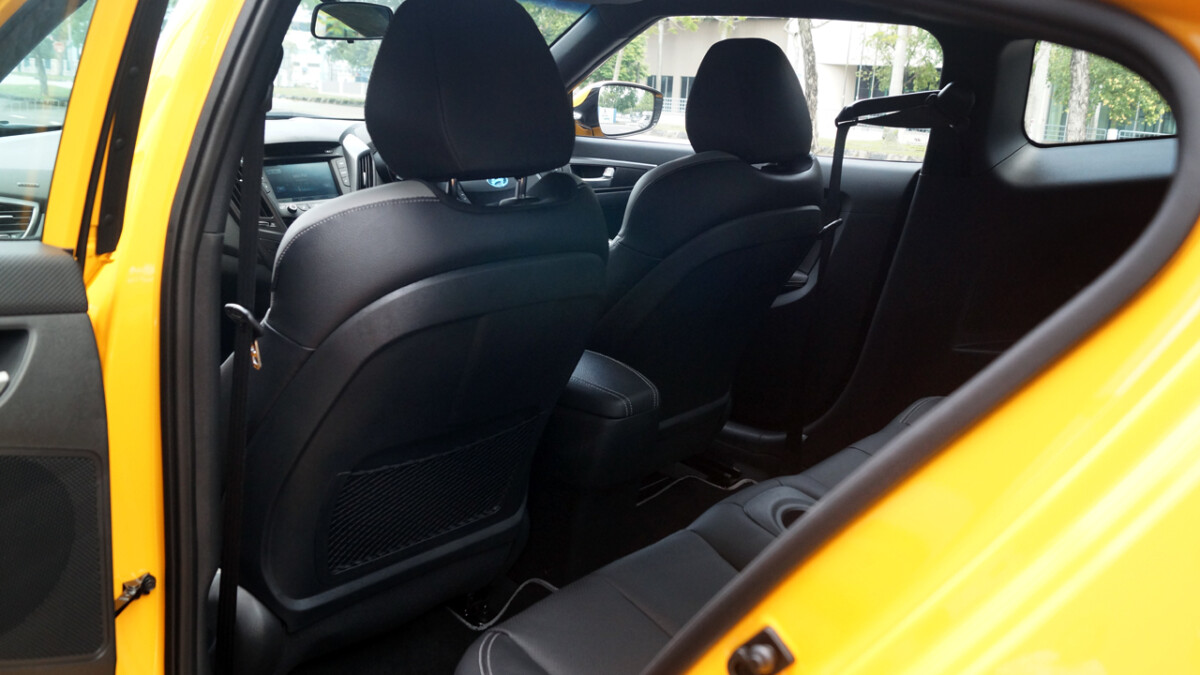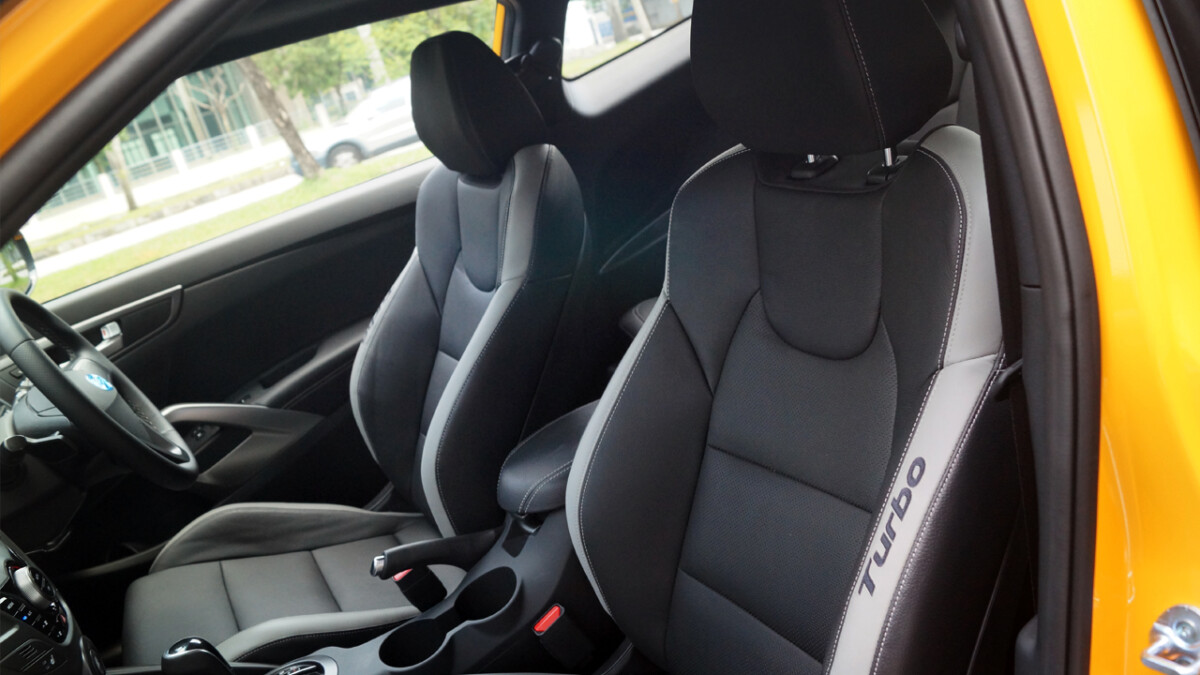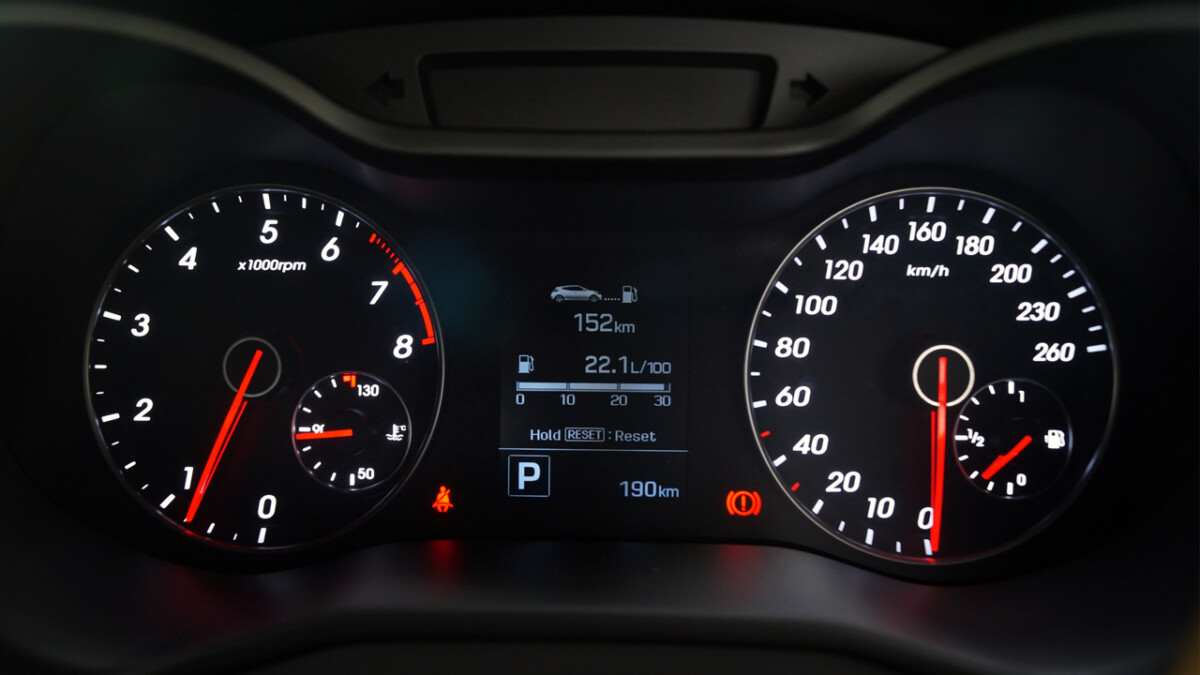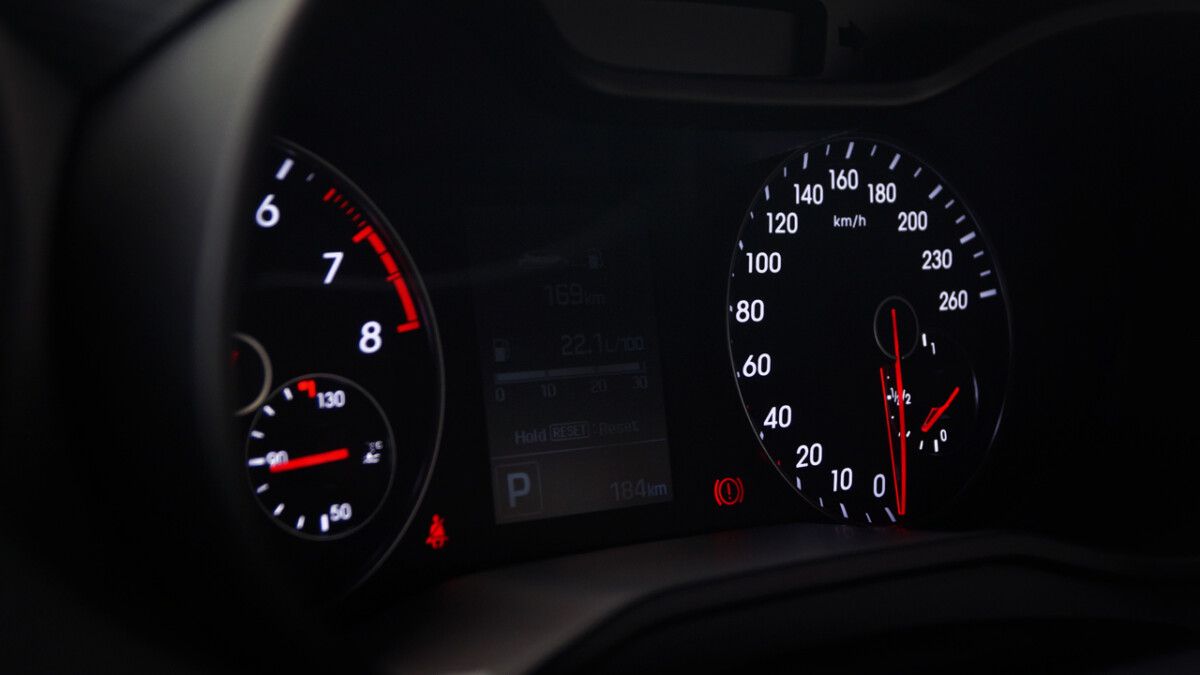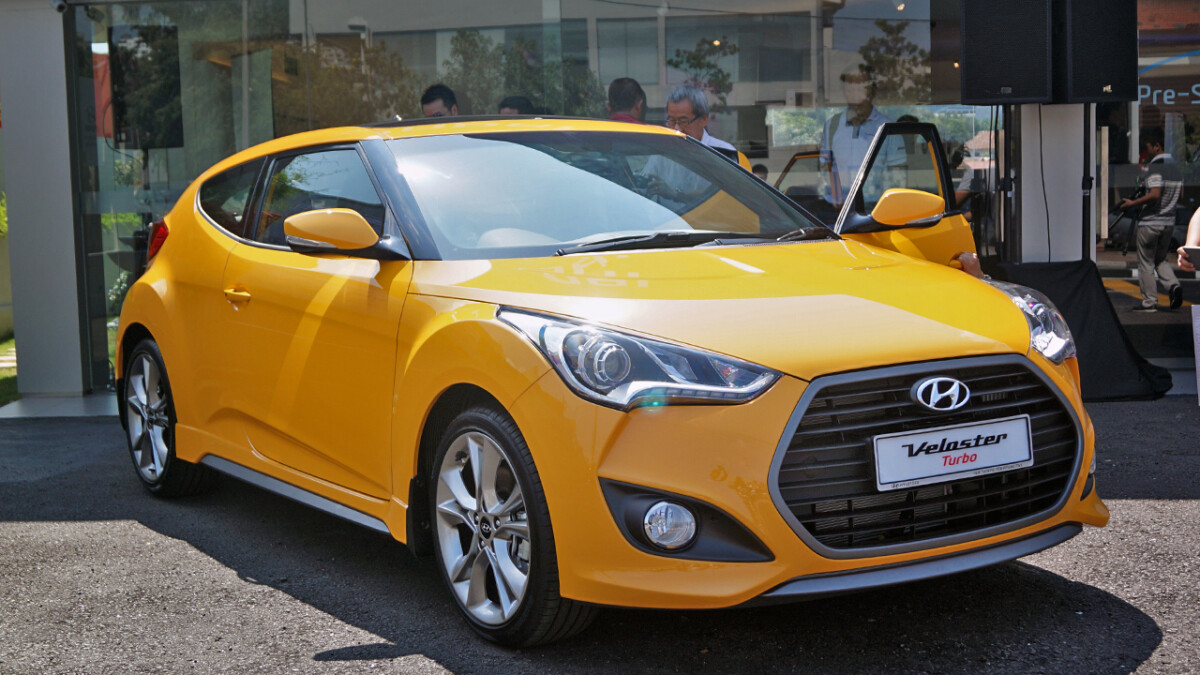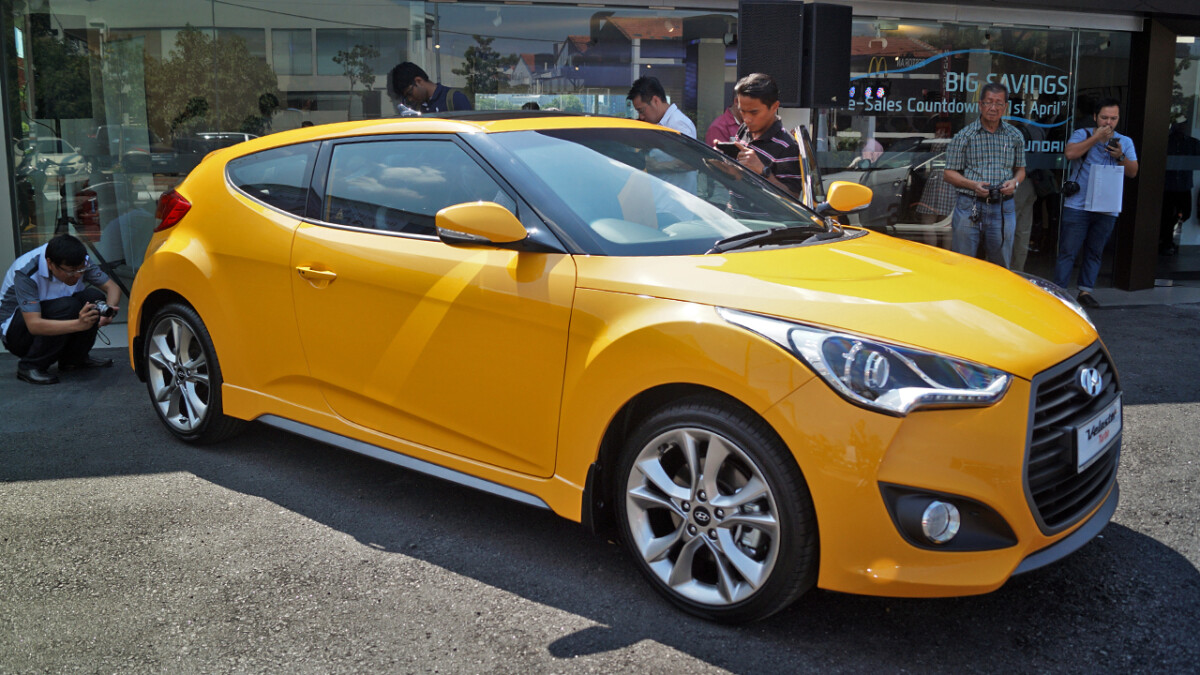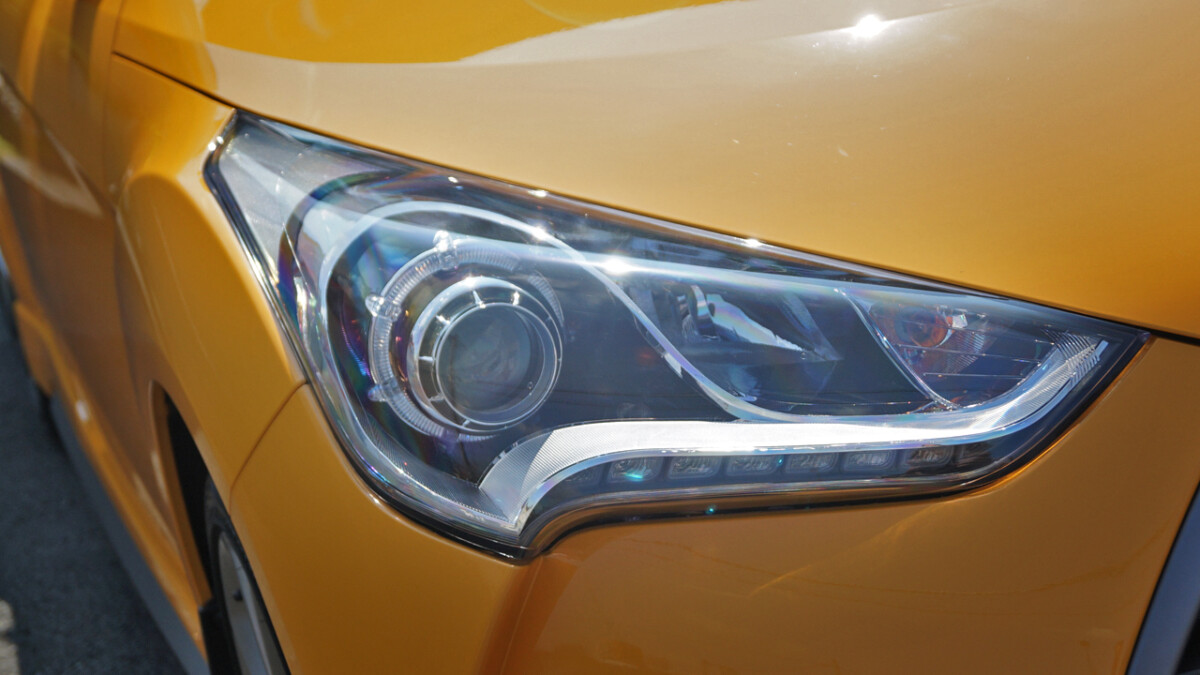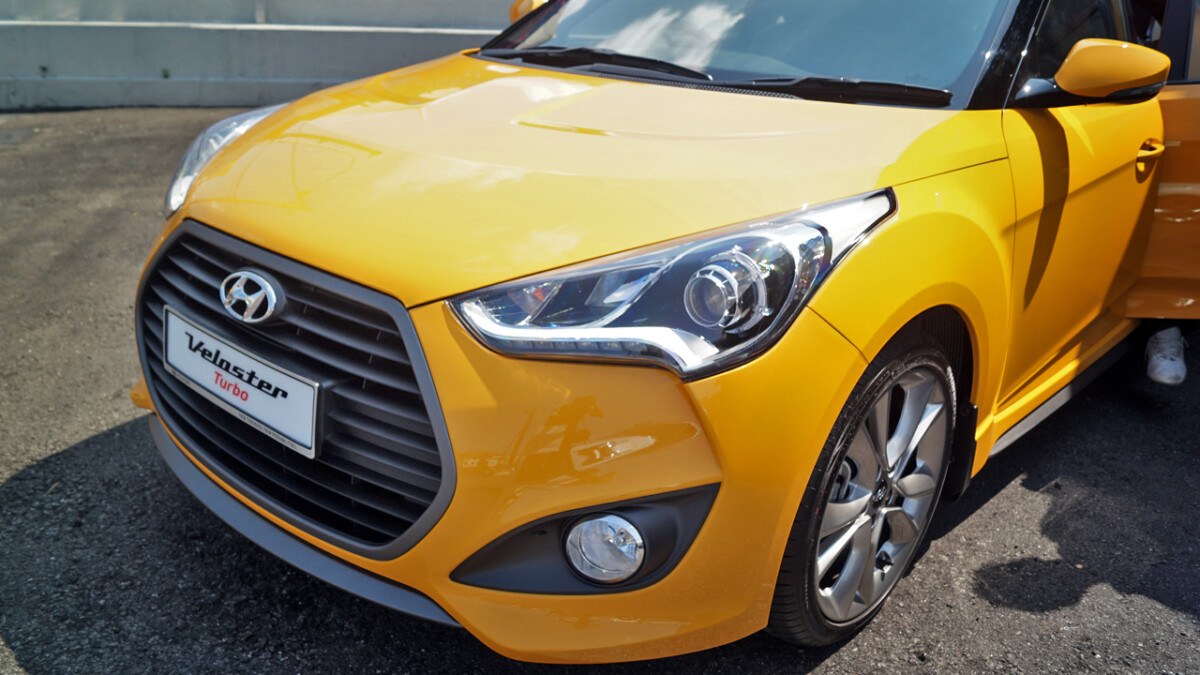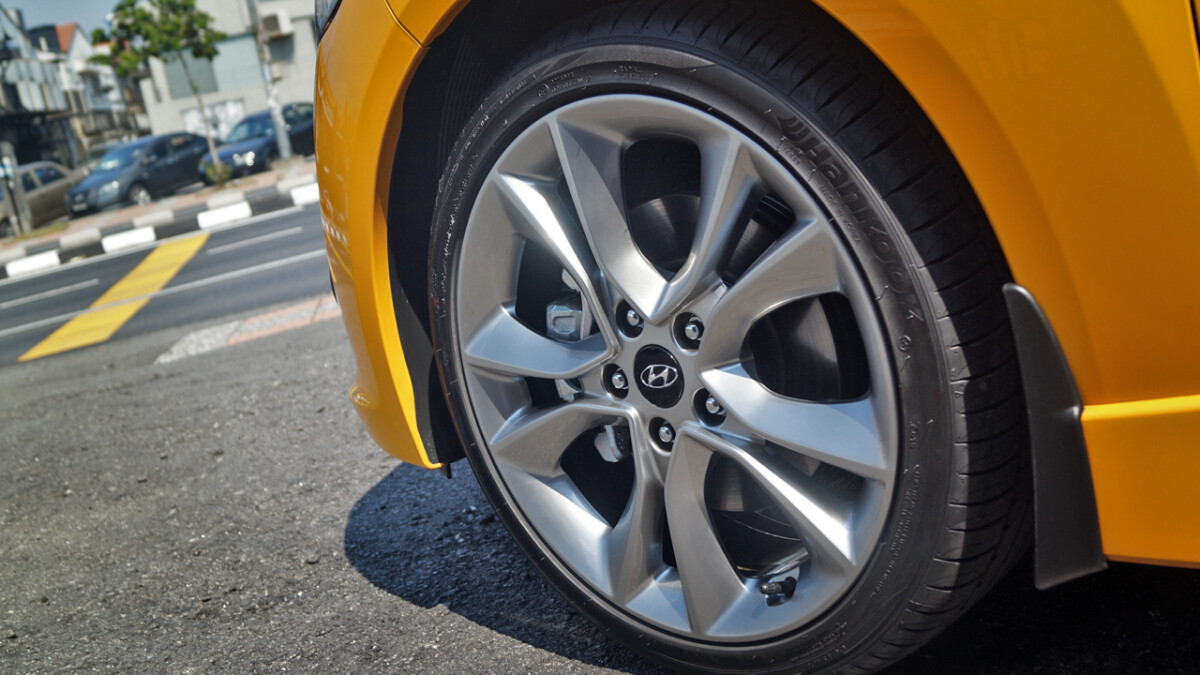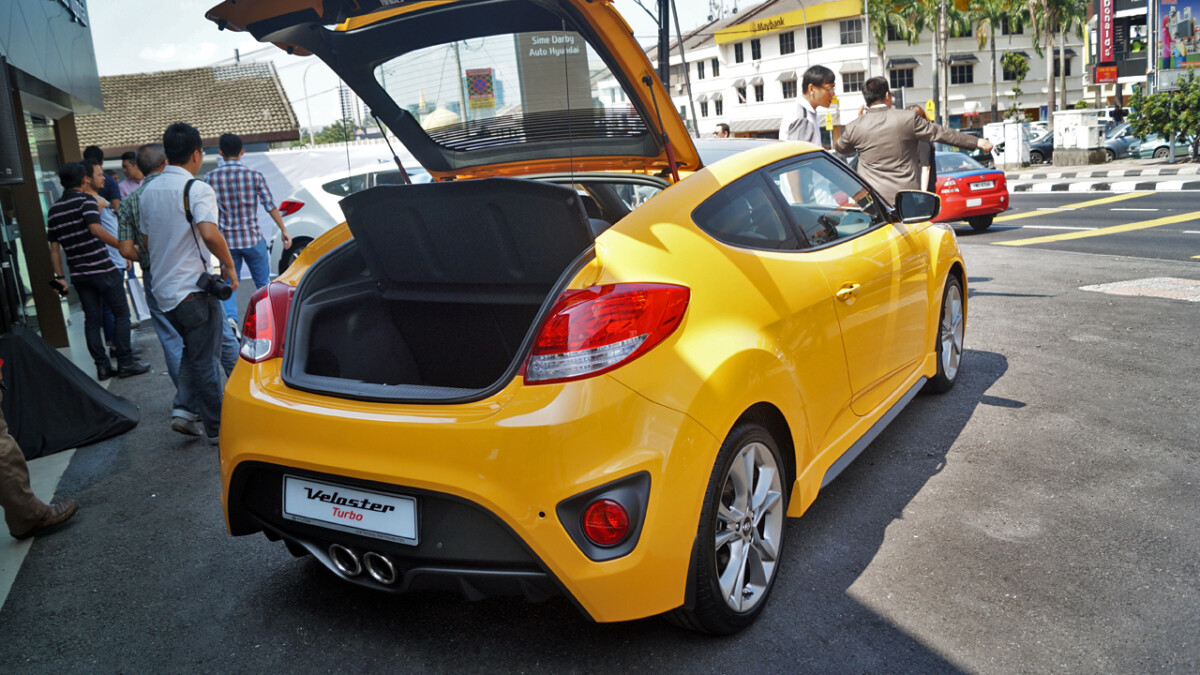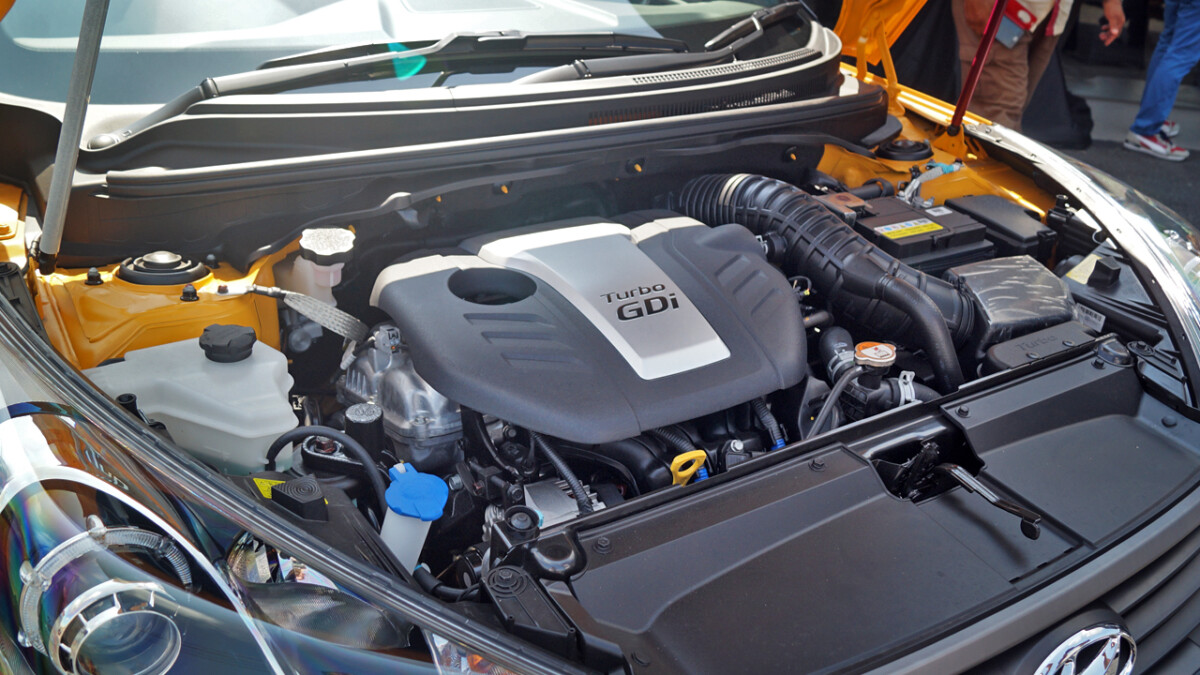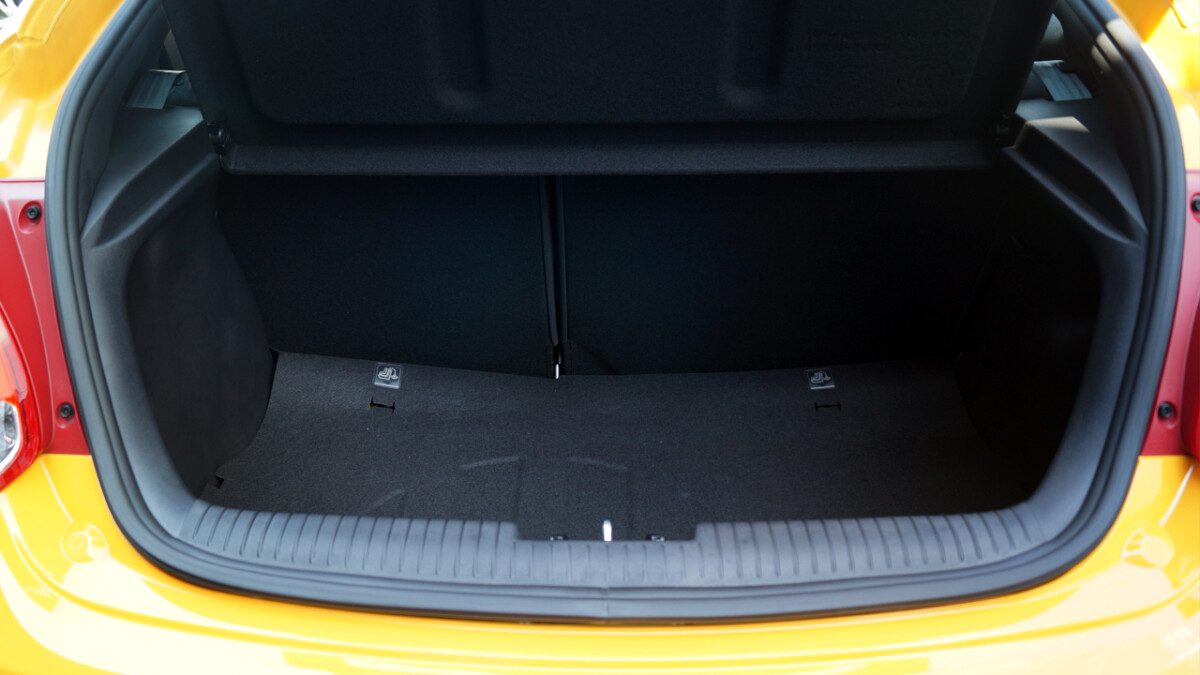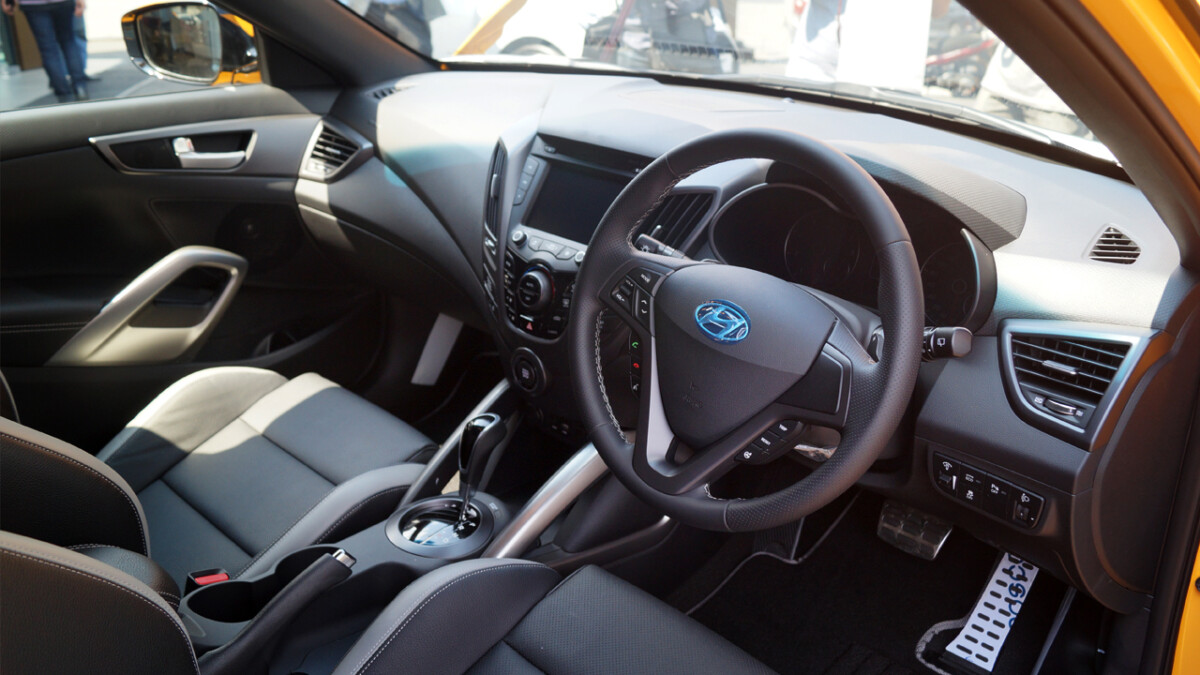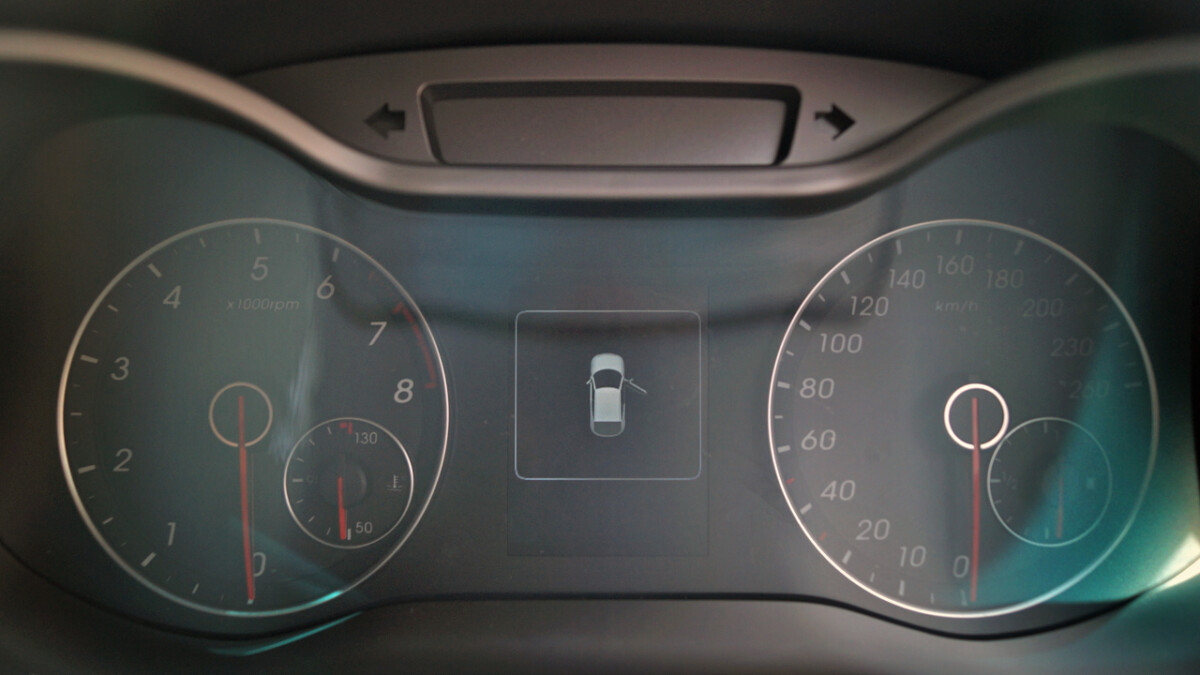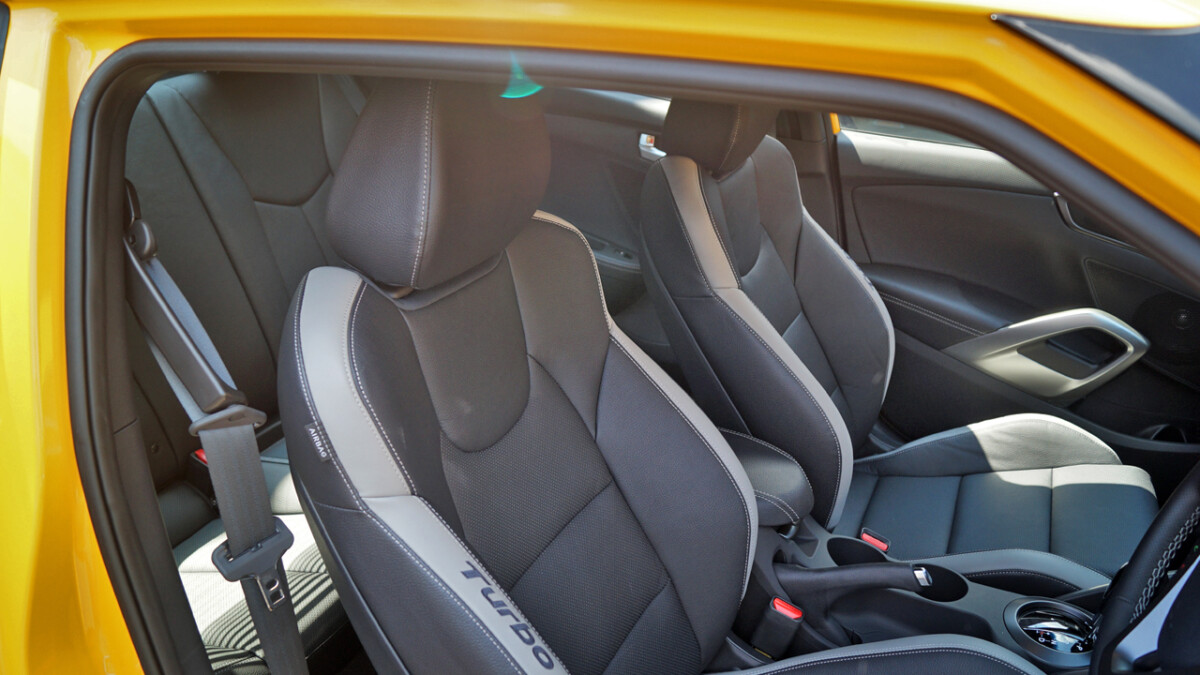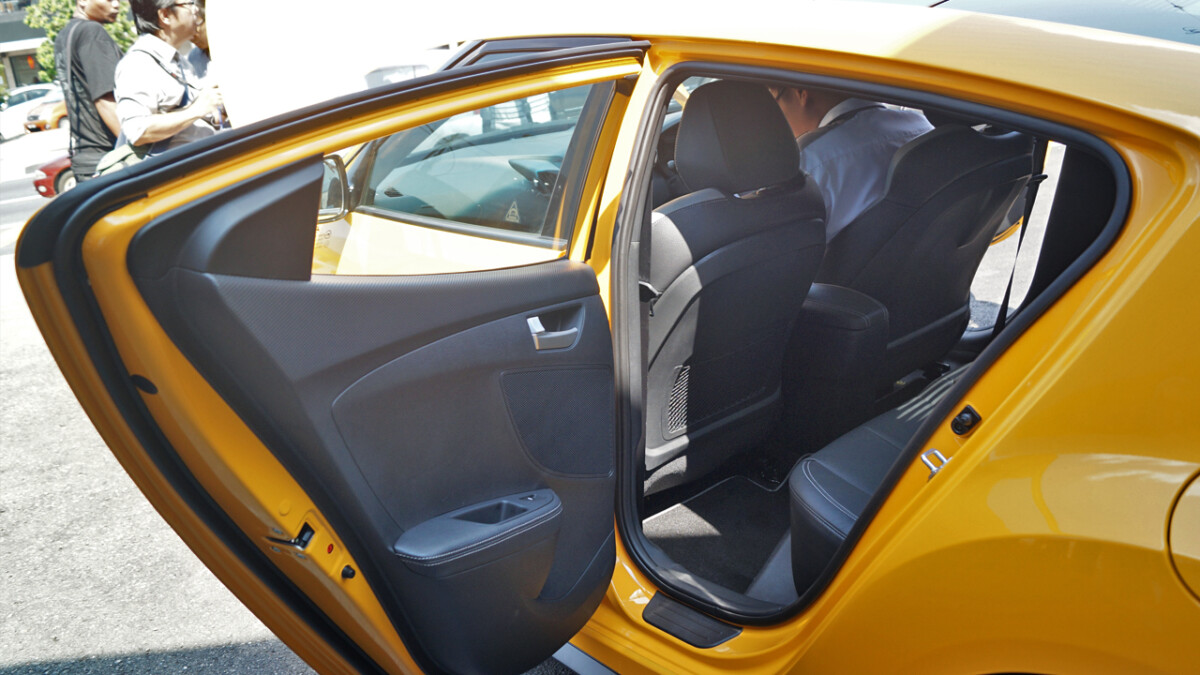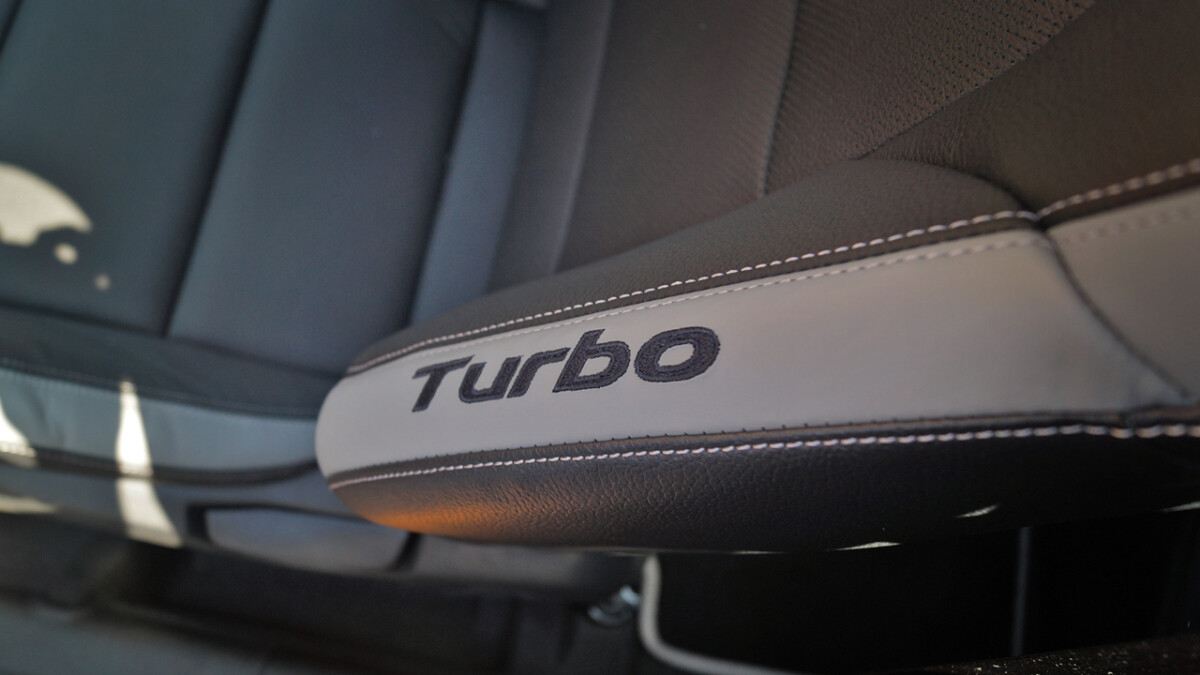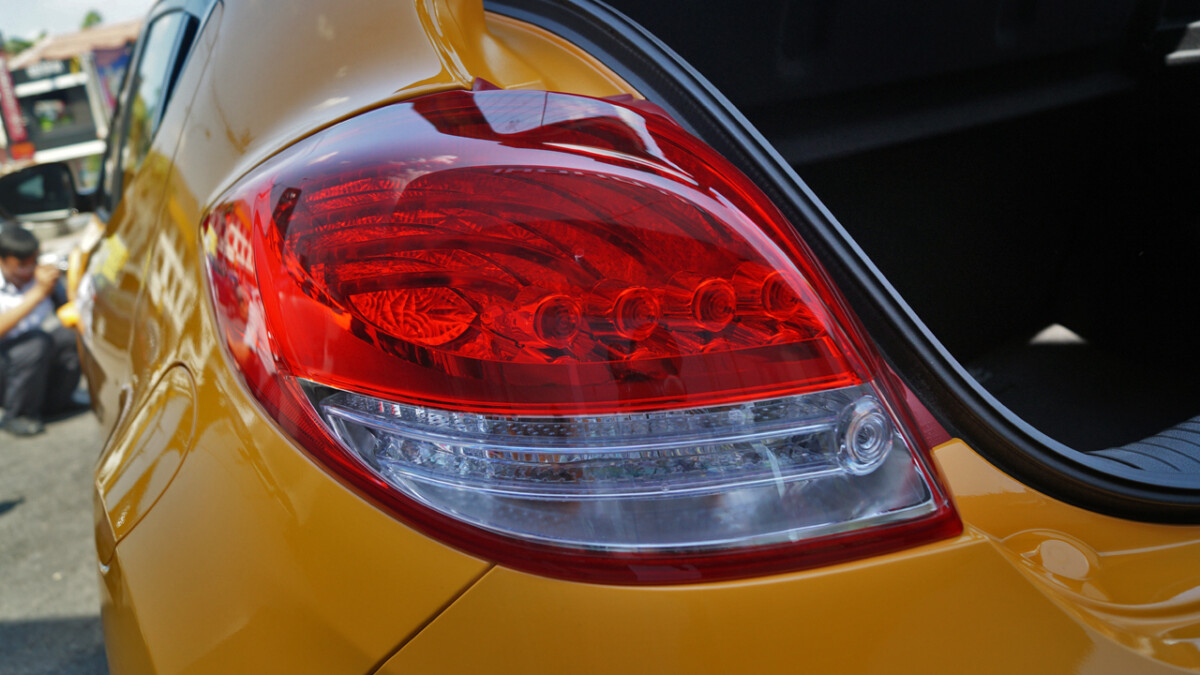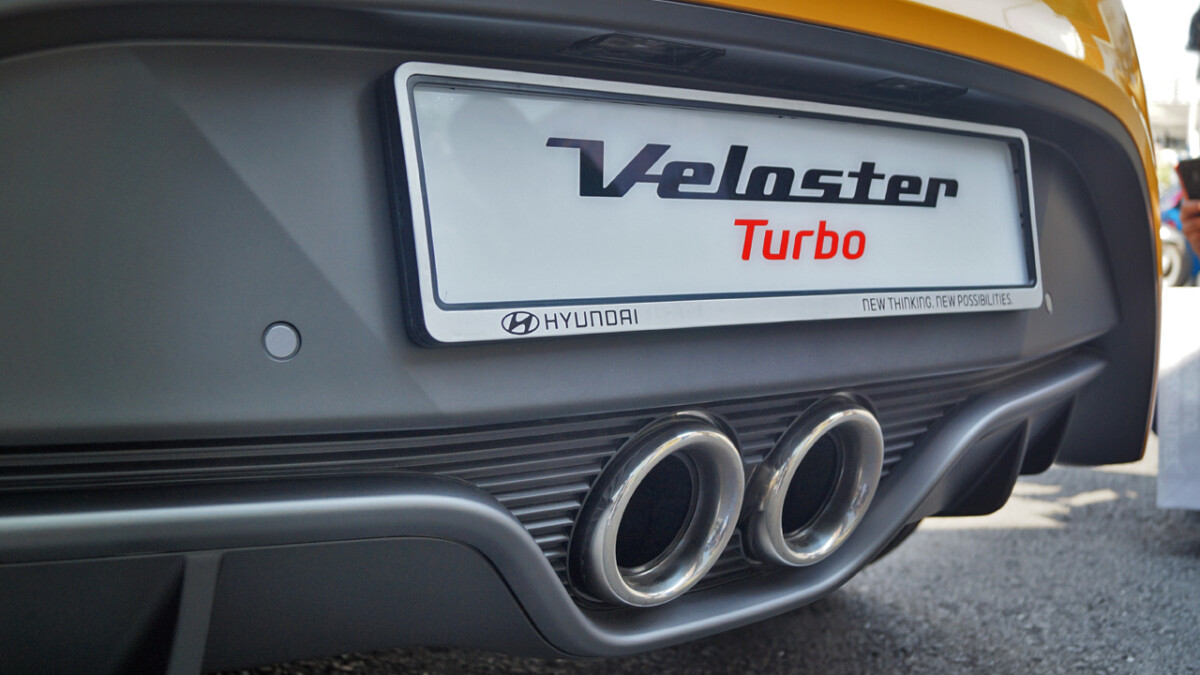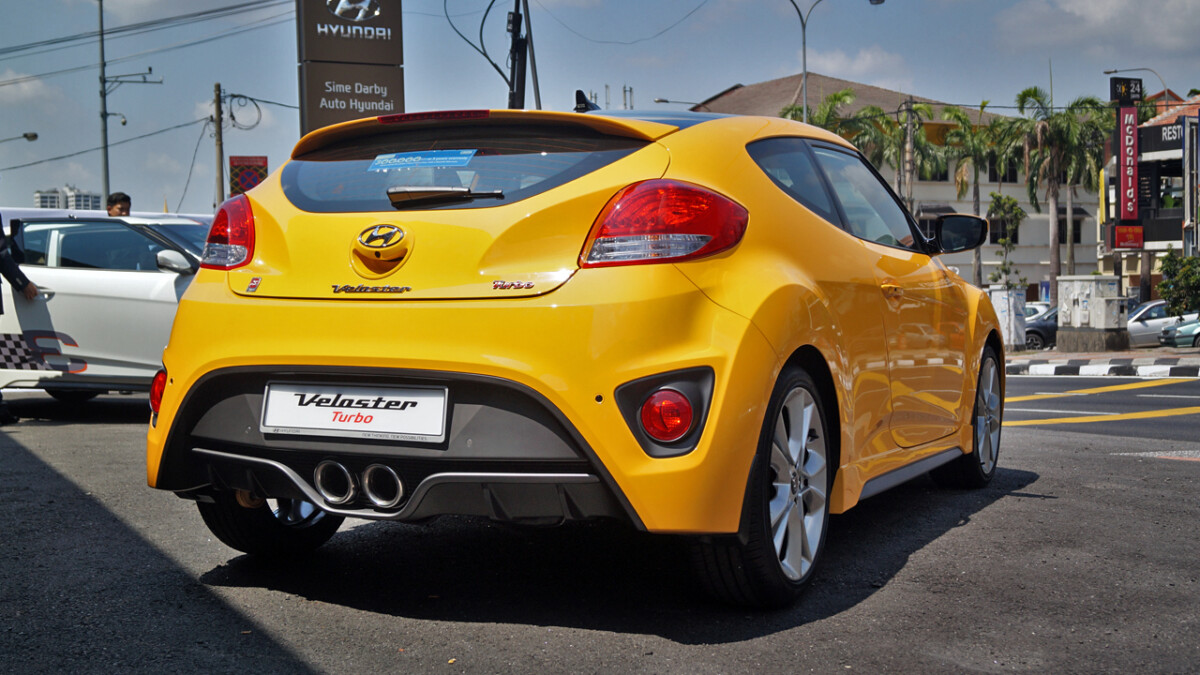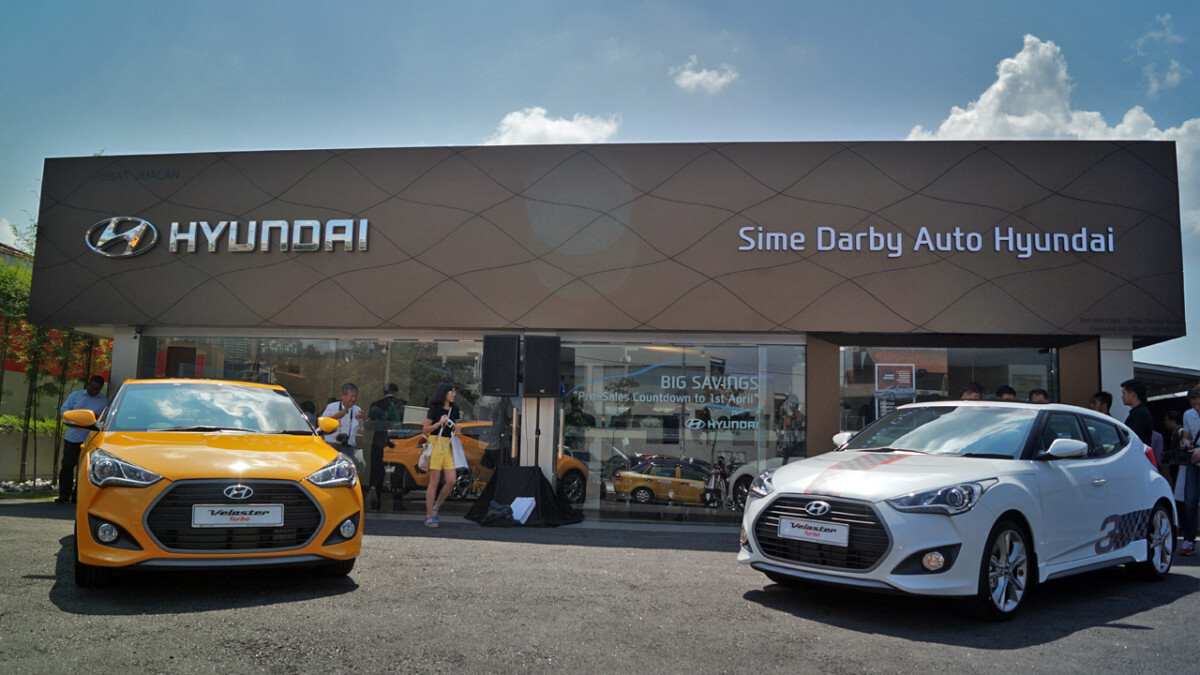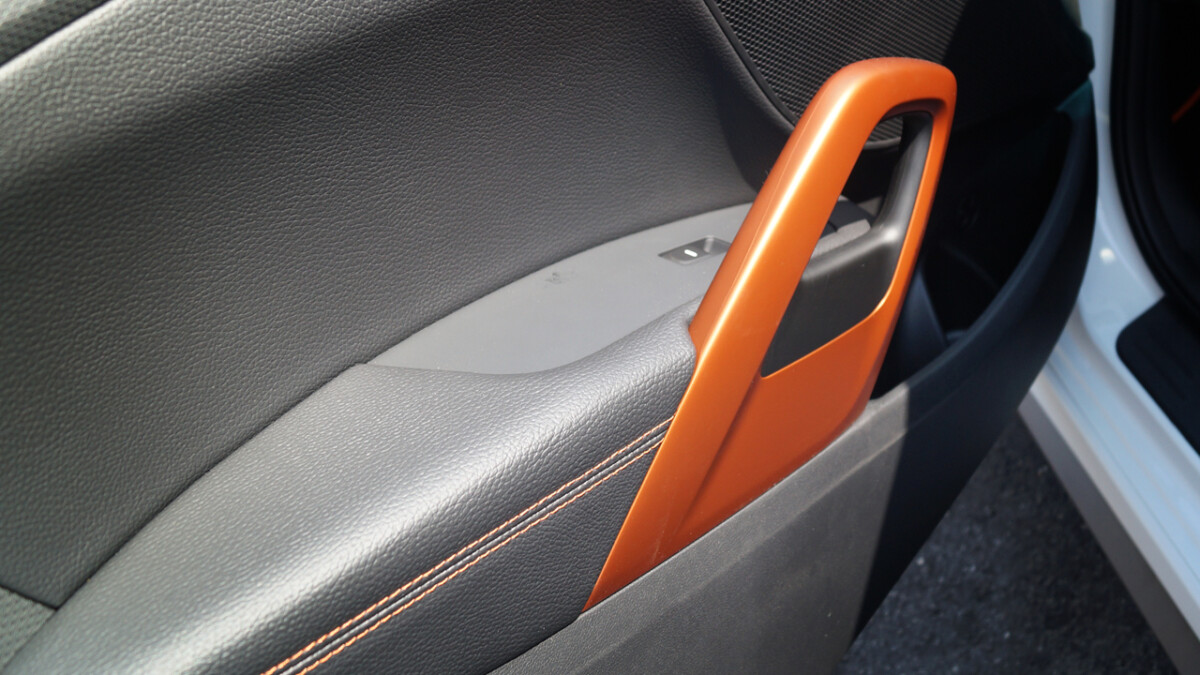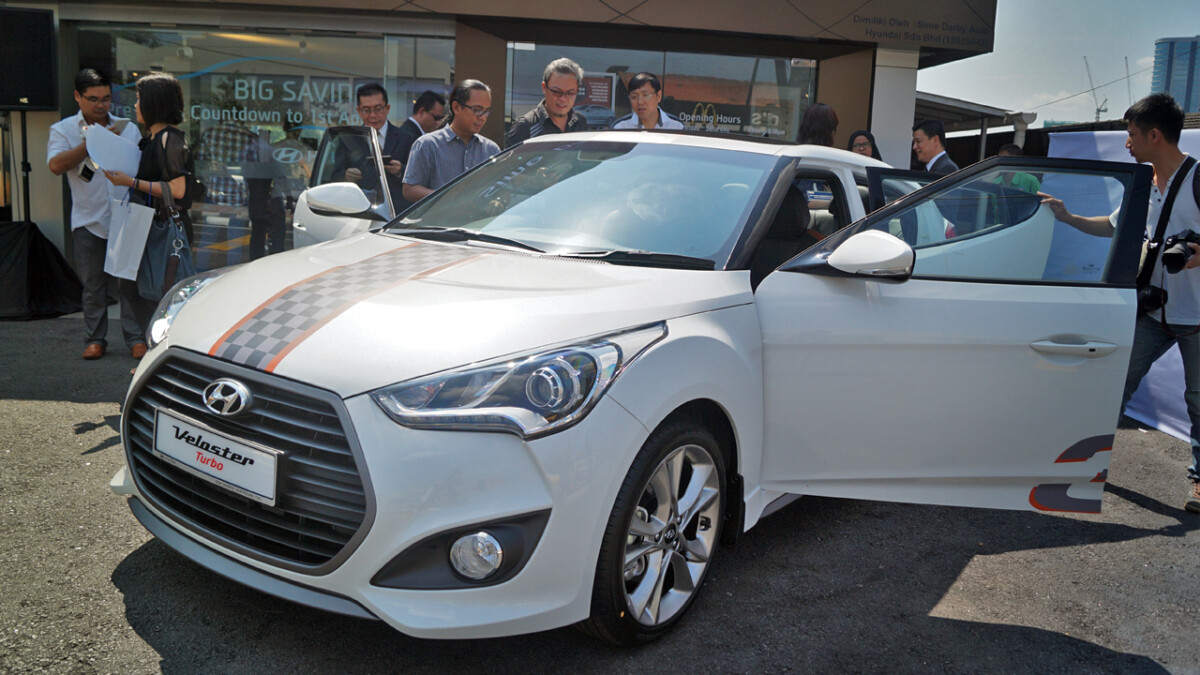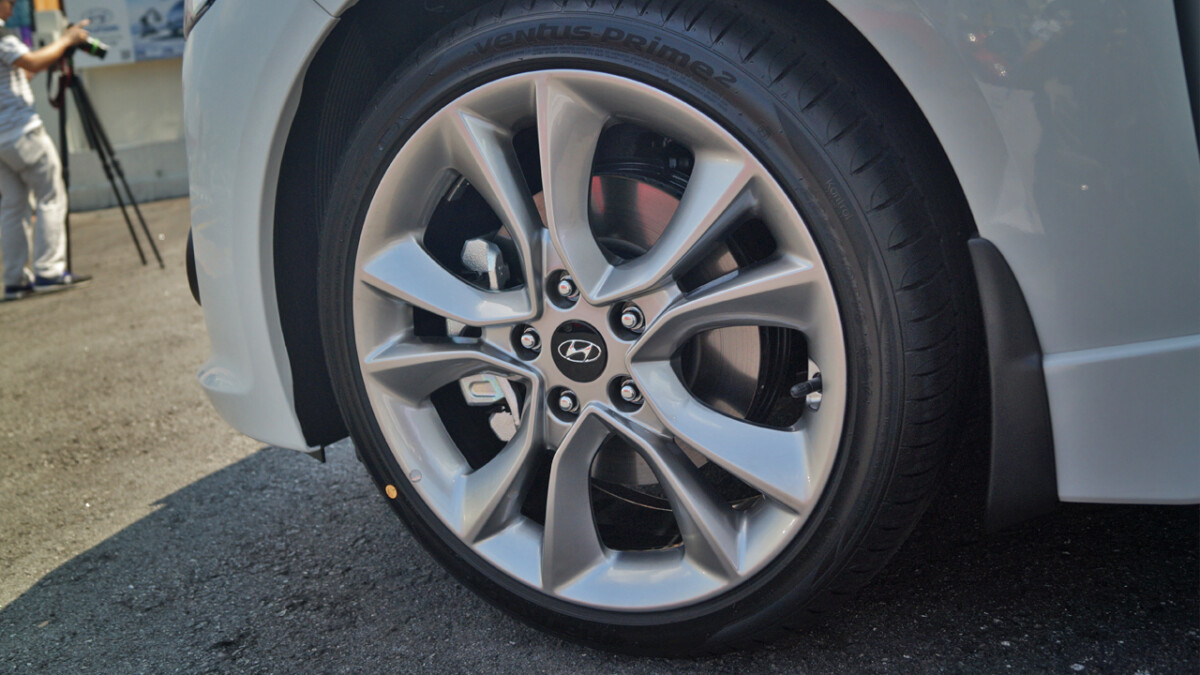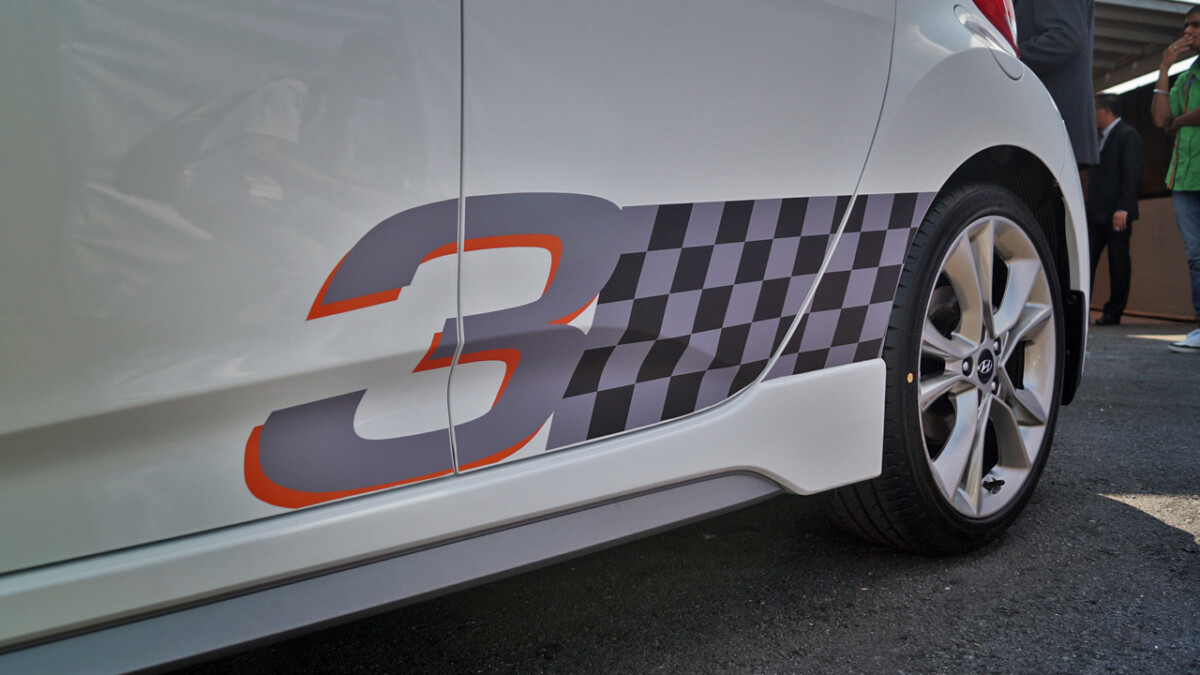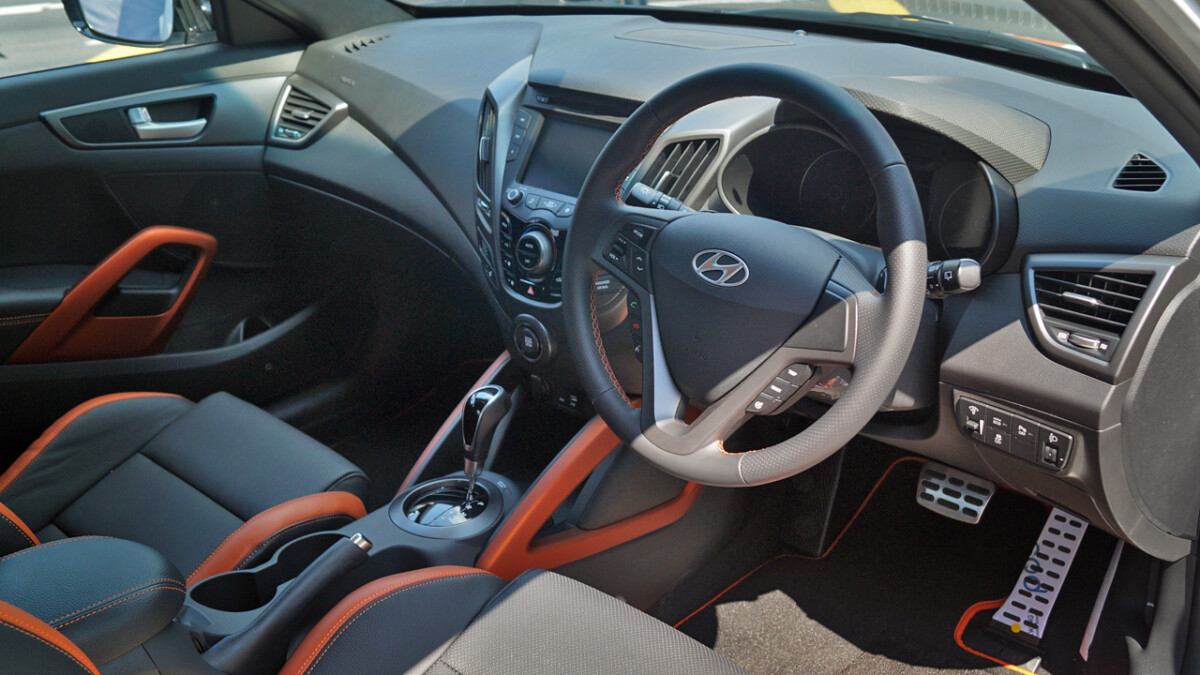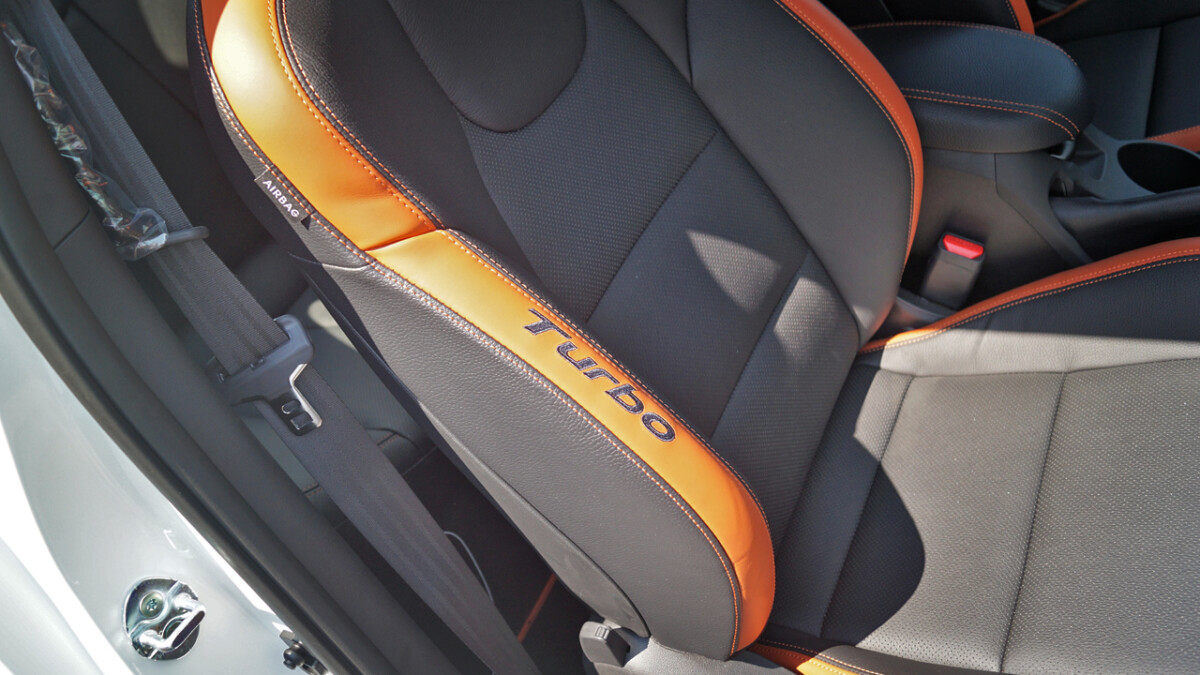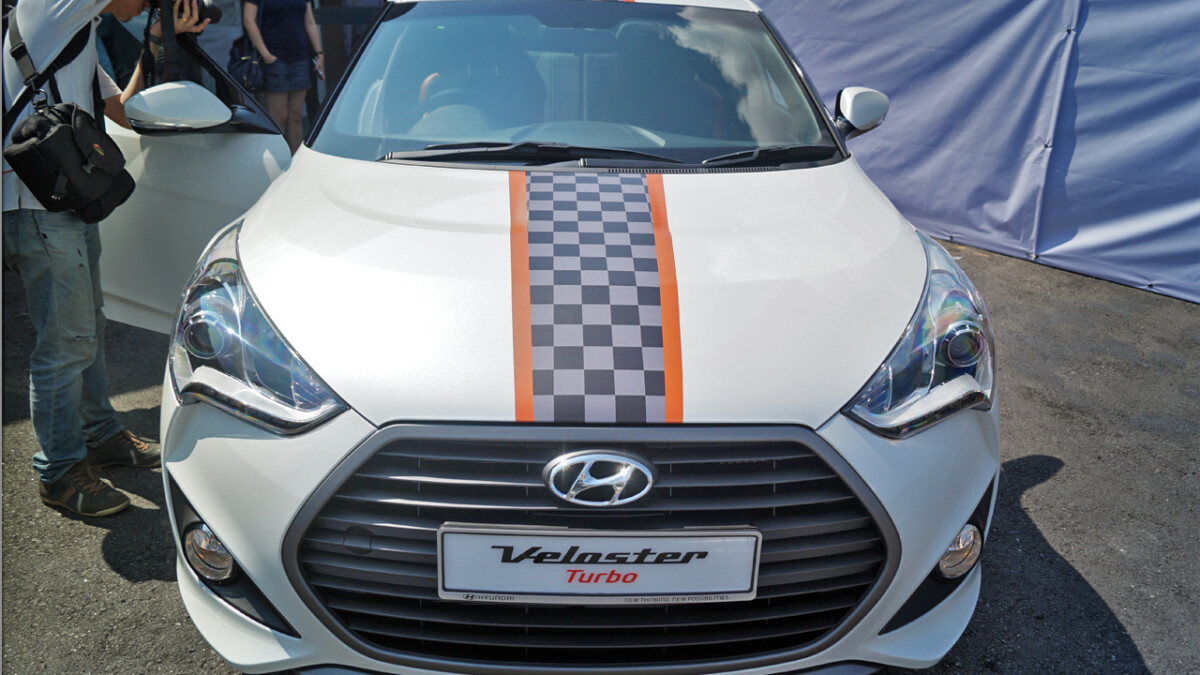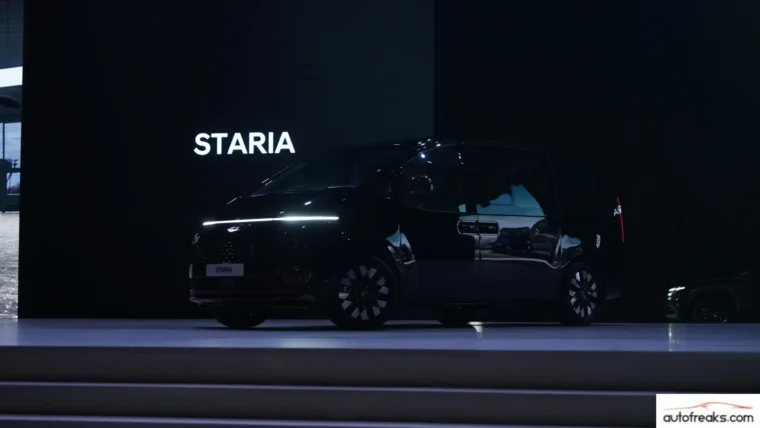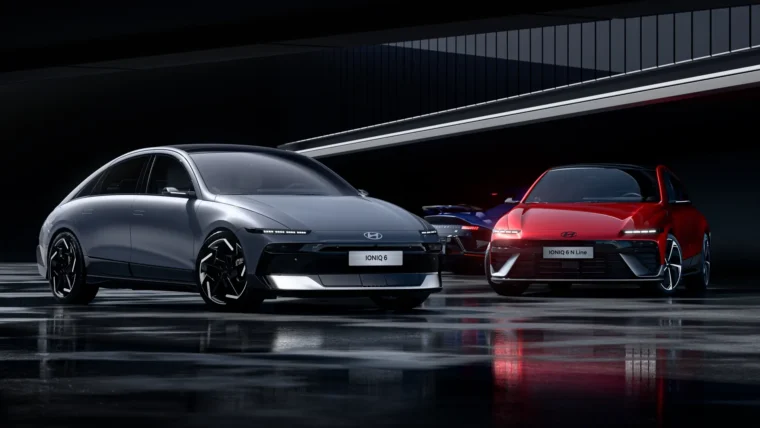Launched last Friday, the Hyundai Veloster Turbo is the latest addition to the Hyundai-Sime Darby Motors’ arsenal of cars. We got in touch with a Hyundai dealer to arrange for a quick test drive, which covered some nice roads with minimal traffic to gauge the Veloster Turbo. So how was it like?
Upon entering the Hyundai Veloster Turbo and setting in, we noticed that the seats do hug the driver quite well, and even with the long door, grabbing the seat belt wasn’t an issue (for the uninitiated, quite few hatchbacks suffer from hard-to-reach seatbelts). Most controls were well within reach of the driver. Looks like we’re off to a good start then.
Under the hood is Hyundai’s own 1.6-litre Gamma engine which is force-fed with a twin-scroll turbocharger, pumping out a healthy 186 PS at 5,500 rpm and 265 Nm of torque from 1,500 rpm till 4,500 rpm. The century sprint is completed in just 8 seconds, while top speed is rated at 214 km/h.
Normal driving, we were surprised how quiet the car was. NVH levels were decent, and noises were only heard when the engine was pushed hard. Surprising for a supposed hot-hatch from Hyundai, as we were expecting more engine noise. Keep the car in D, the car behaves very sedately; the only hint it’s forced-fed is the generous 265 Nm of torque from a low 1,500 rpm. This enables the driver to overtake easily without the gearbox downshifting too much, which in turn, keeps the fuel economy decent.
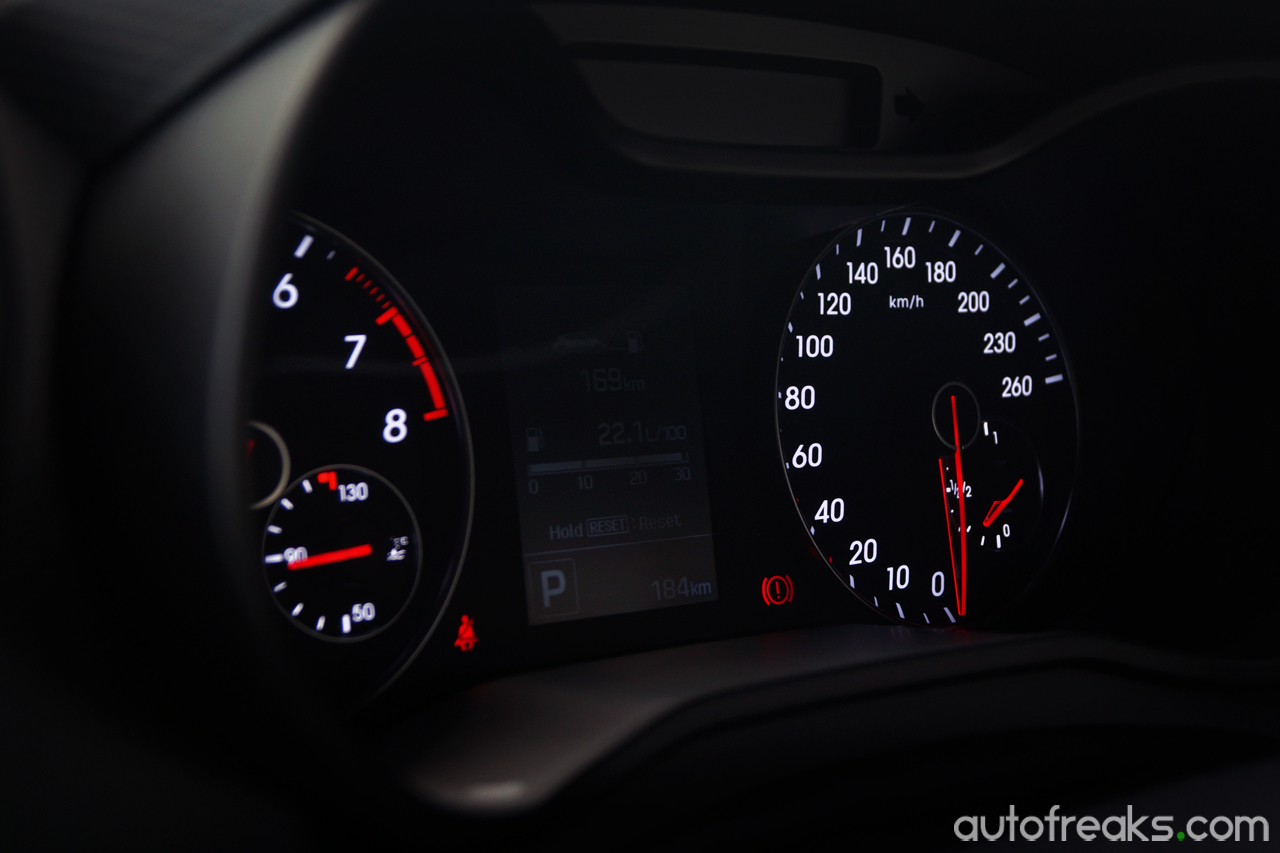
When the throttle gets floored (which will happen quite often) in D, the engine revs up, but gearshifts are rather lazy. Push the gear selector into DS, throttle response gets sharpened, and revs are kept higher (than D) before upshifting. All in the name of being sporty, you see. Gearshifts are quick and smooth, thanks to the Hyundai-derived 7-speed dual-clutch transmission. We did notice that while using the paddle shifters, there seems to be a delay for upshifts and downshifts.
Hyundai has retuned the steering ratio from the standard Veloster to a much quicker one on the Turbo variant. Apart from that, the brakes and suspension set up has been revised to properly accommodate the extra power output. The Motor Driven Power Steering (MDPS) is sharp and accurate enough for us to tackle the corners with confidence. Ride comfort isn’t too shabby for a car of this calibre. Then again, the roads that we drove on was relatively good, so it might be a different story when driven on less-than-perfect roads, but we’ll leave that for the full review.
From that short initial drive, the Hyundai Veloster Turbo is indeed promising. We are looking forward to spend more time with this hatchback to properly gauge it, and do stay tuned for the full review! Click here for the launch article in case you’ve missed it earlier.
Hyundai Veloster Turbo photo gallery
Other posts by AF Newsdesk

